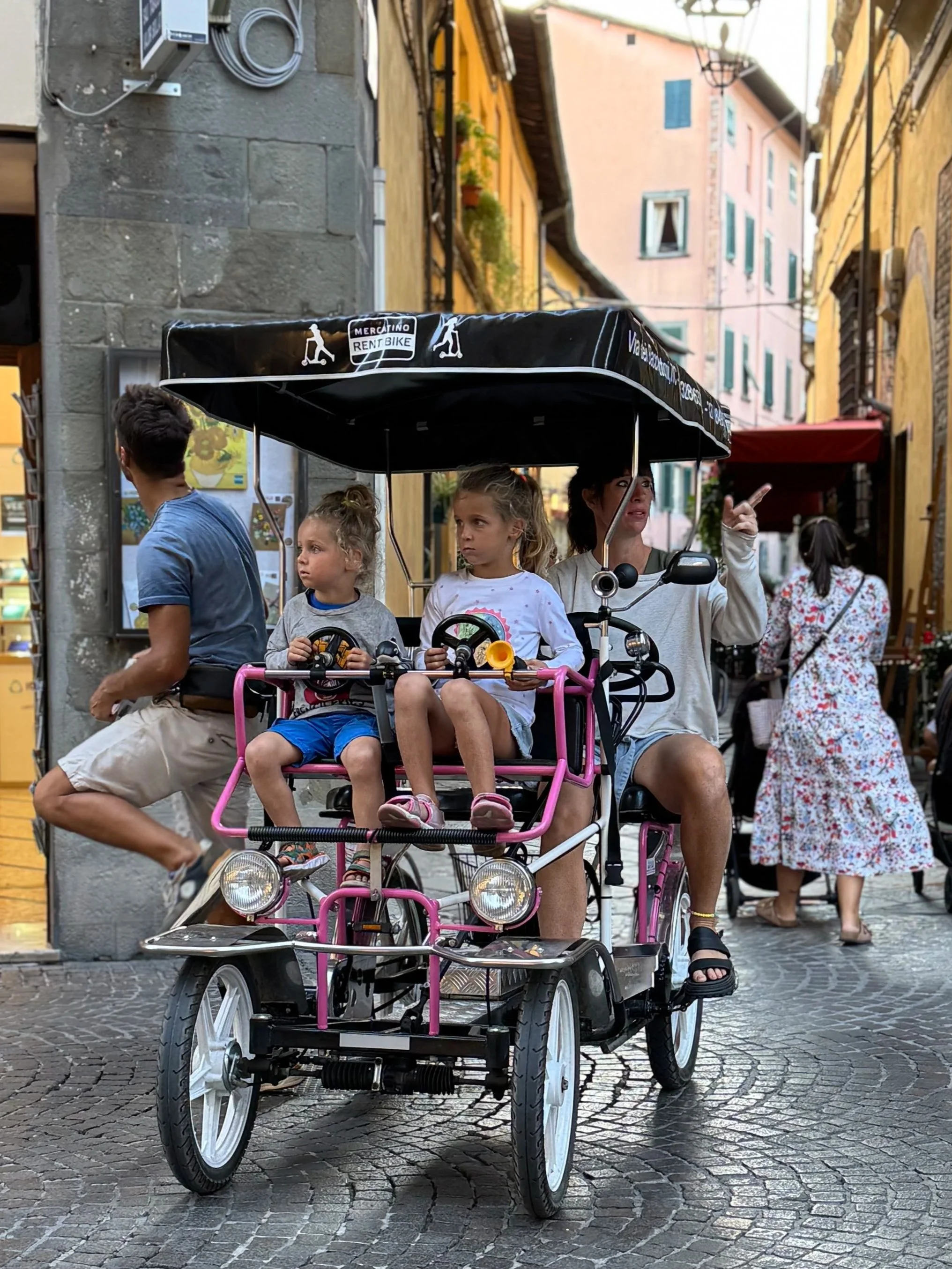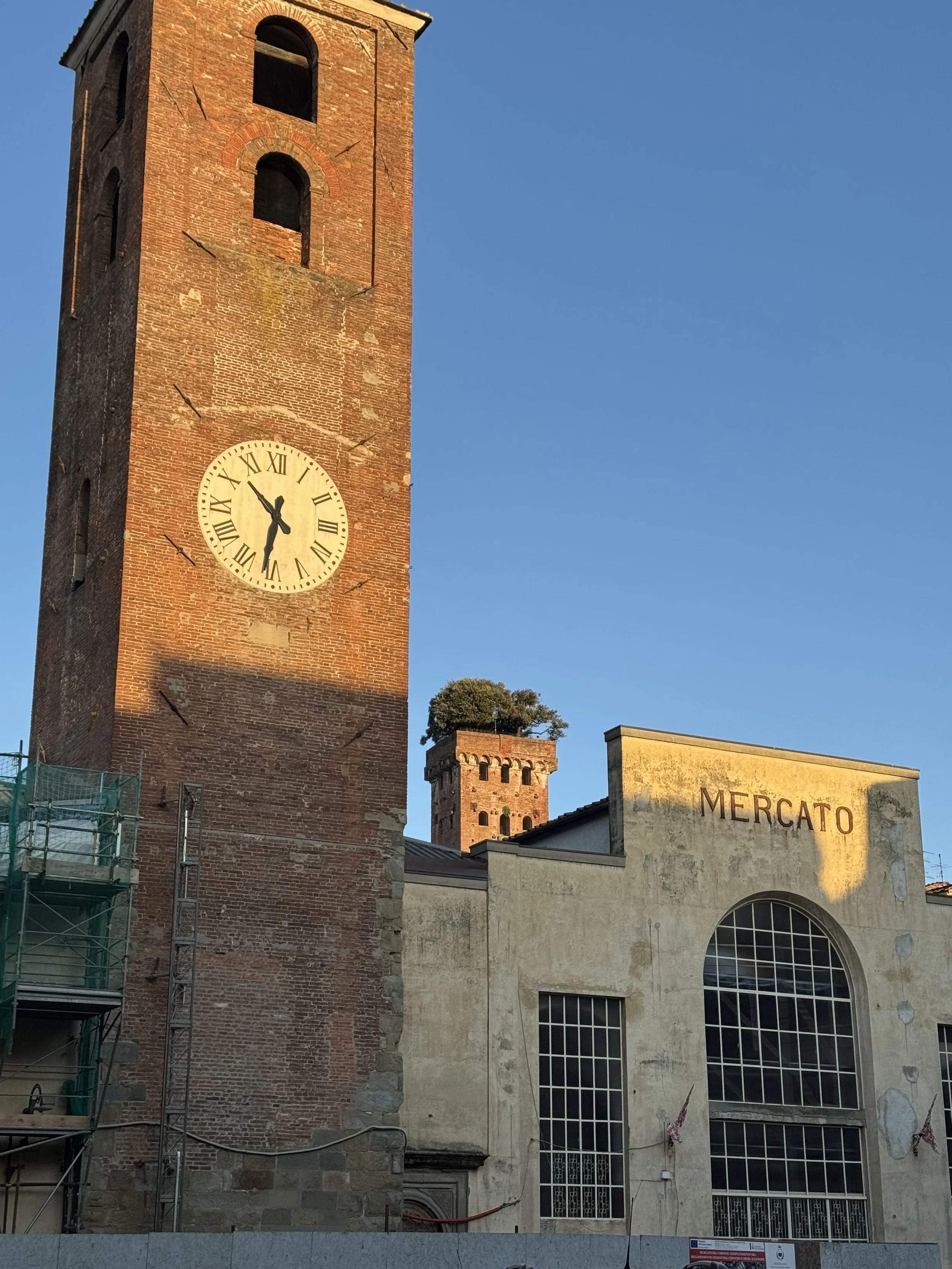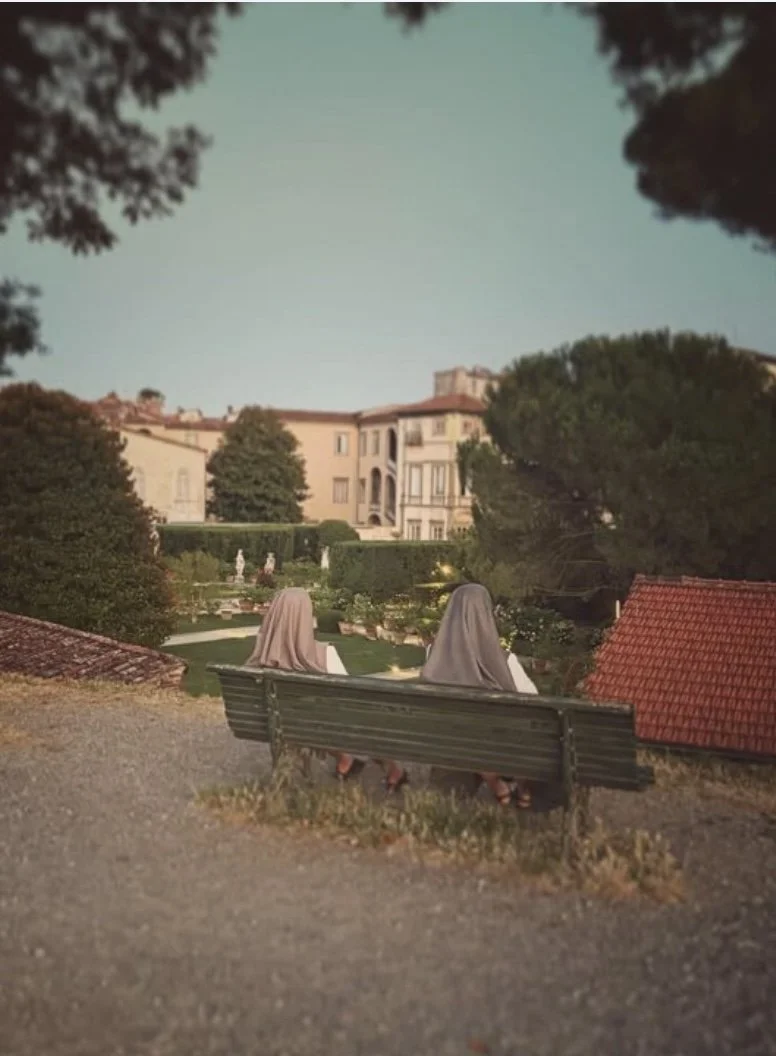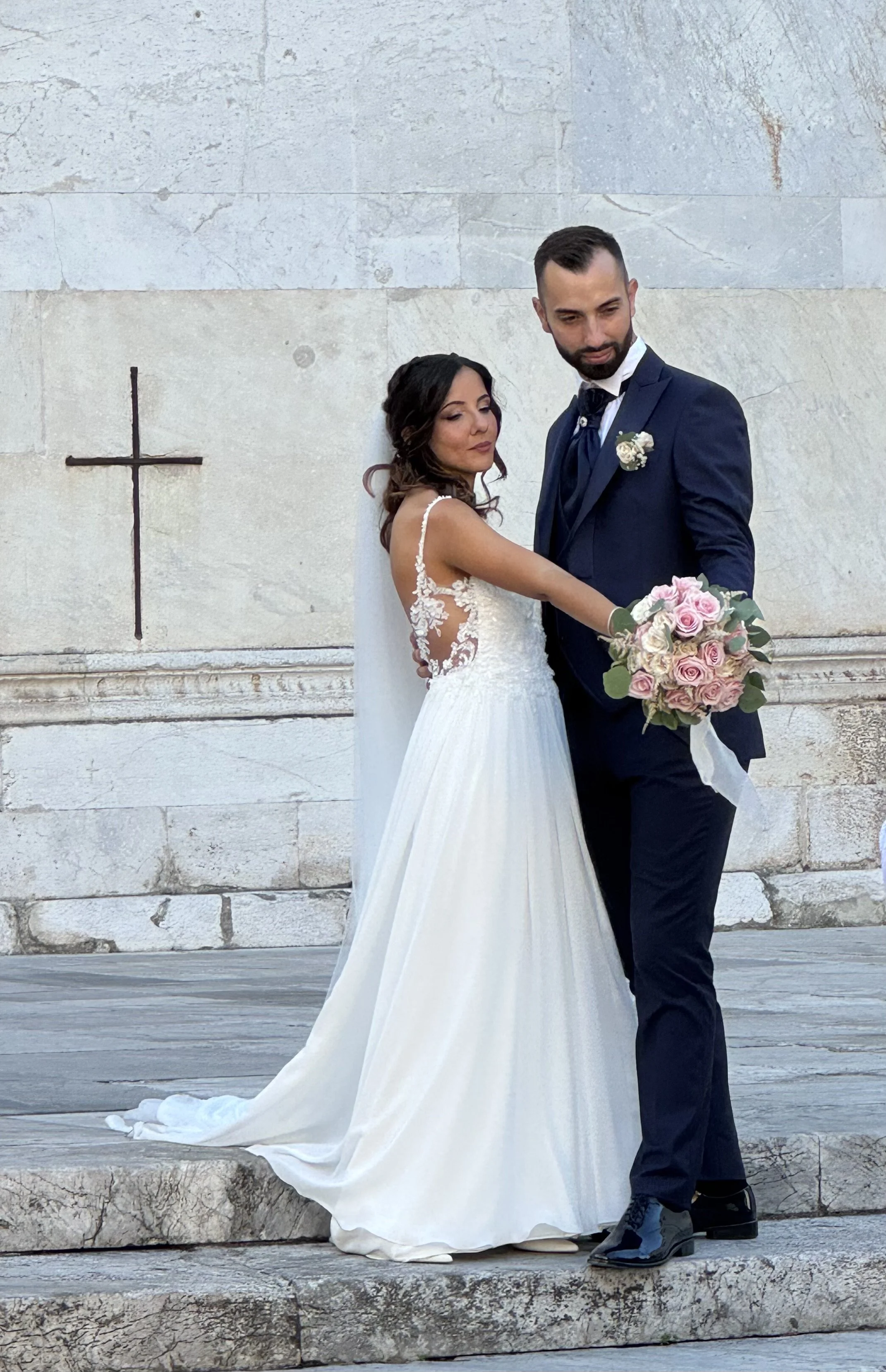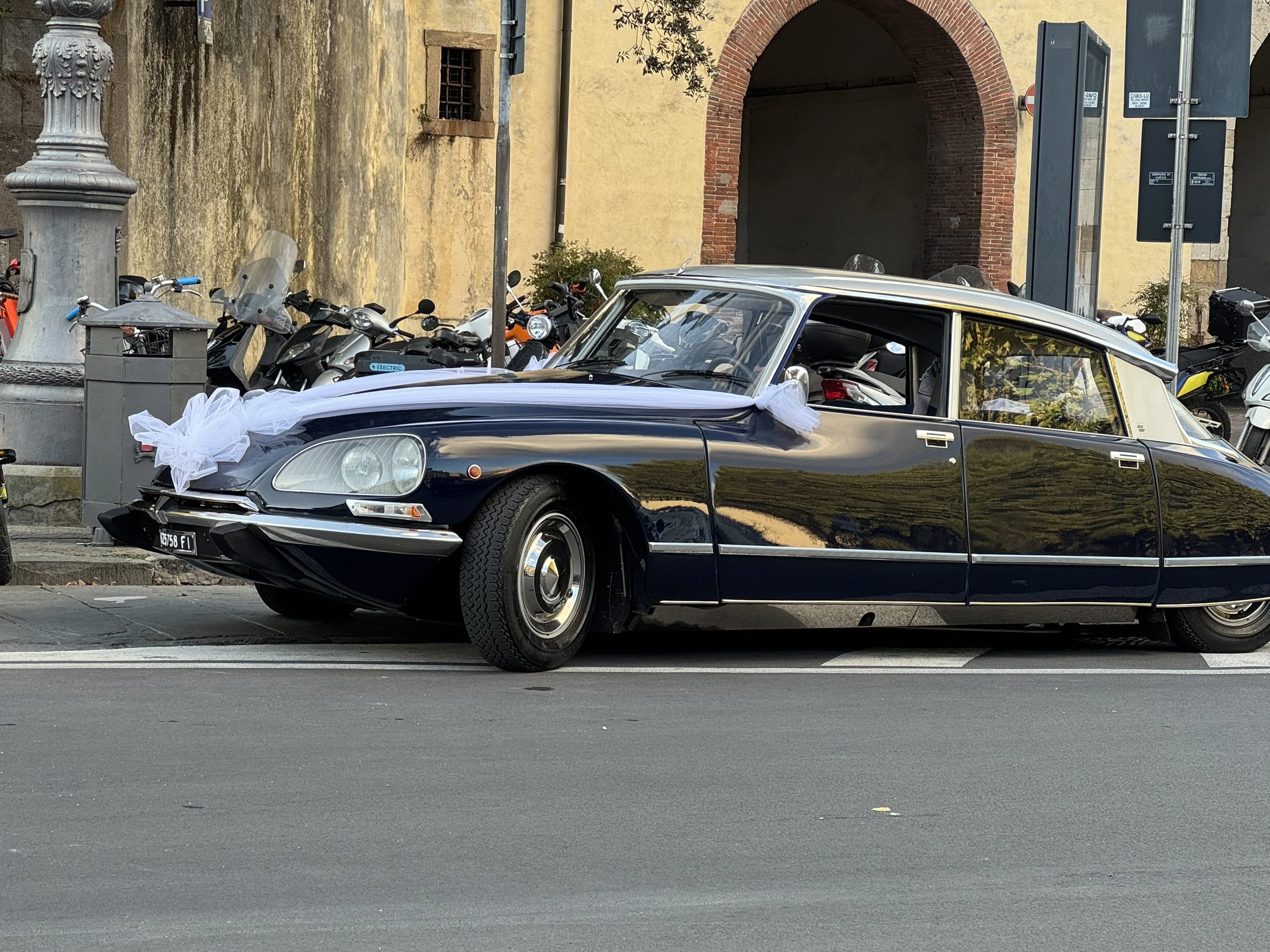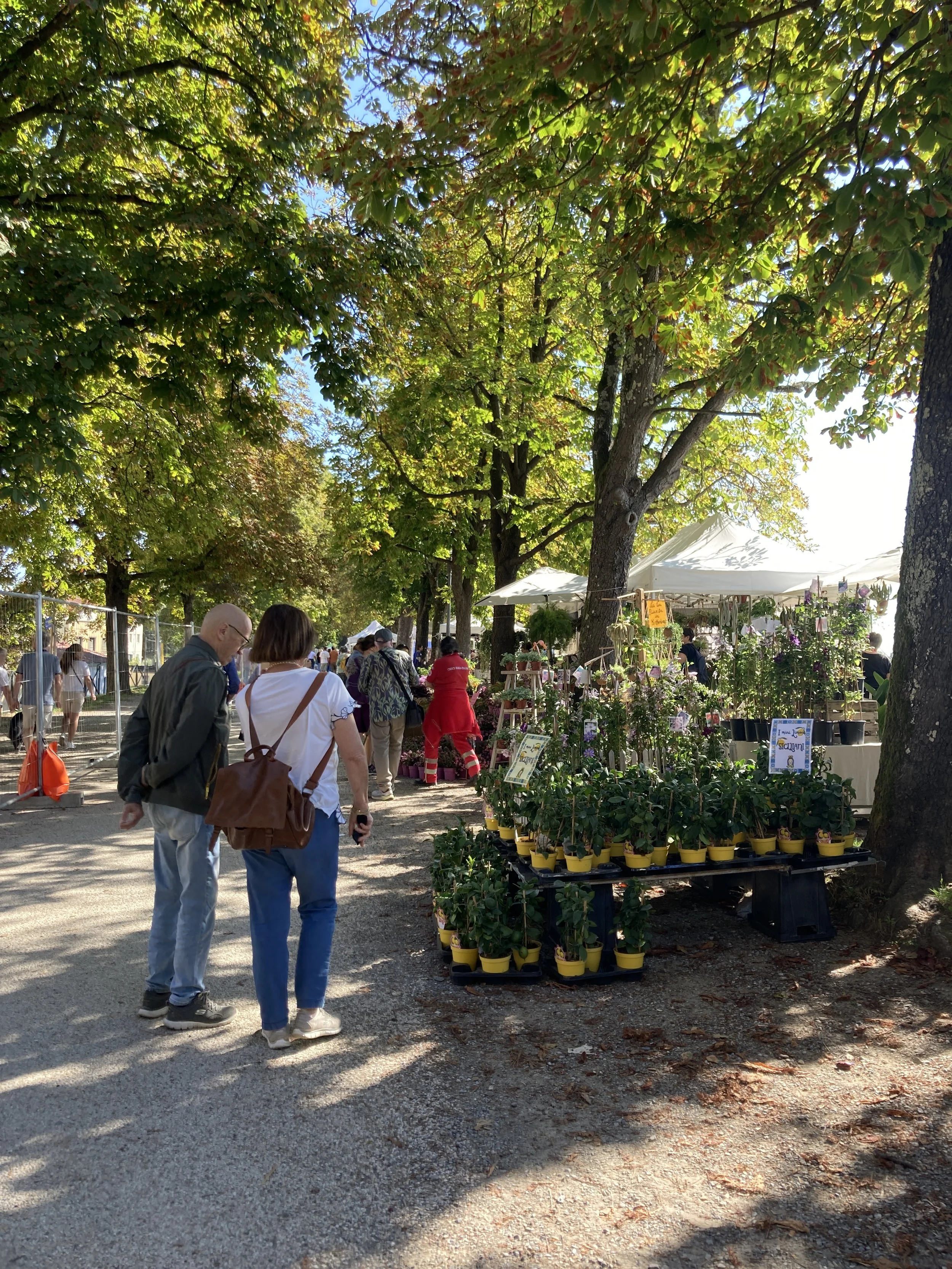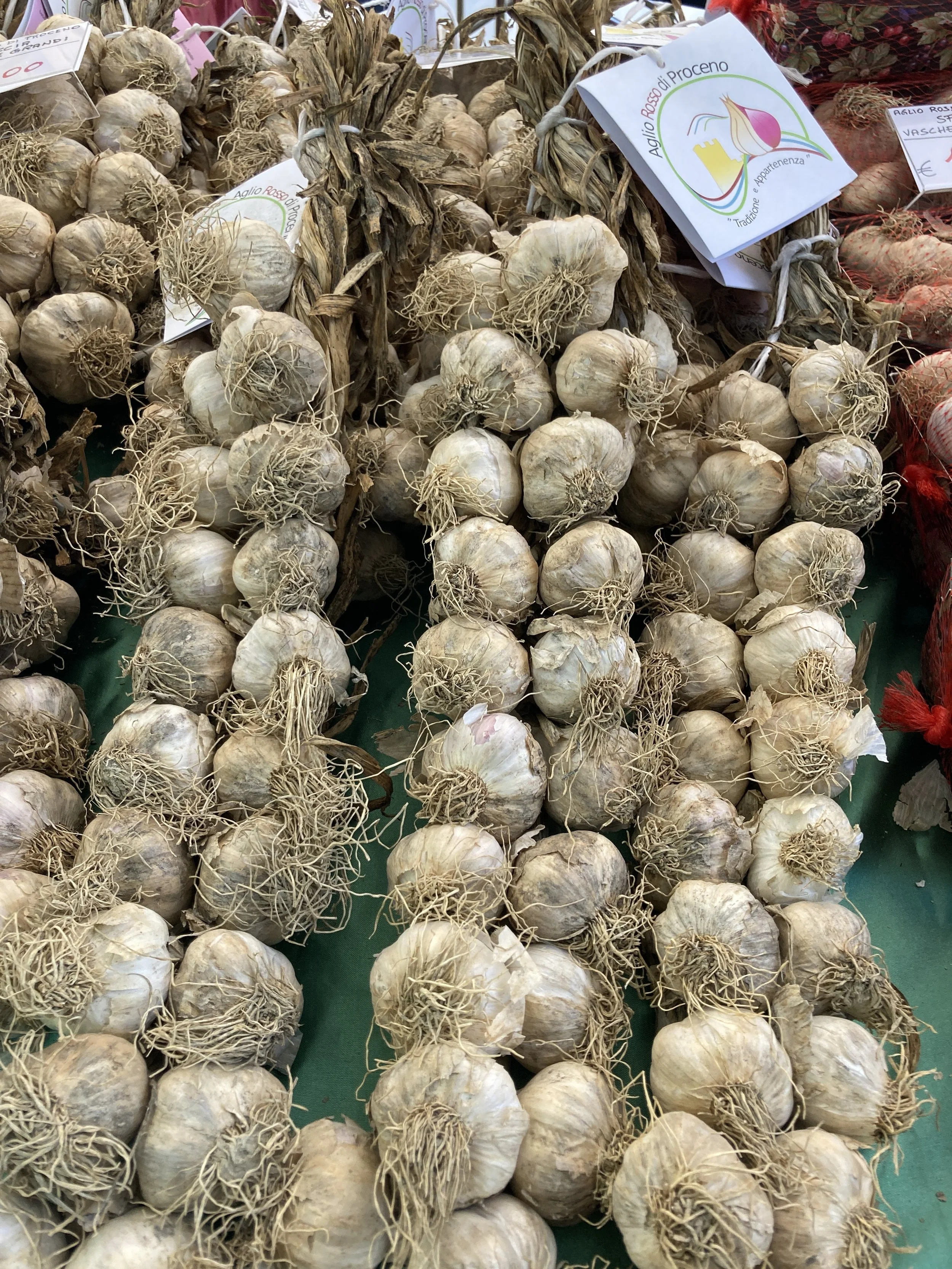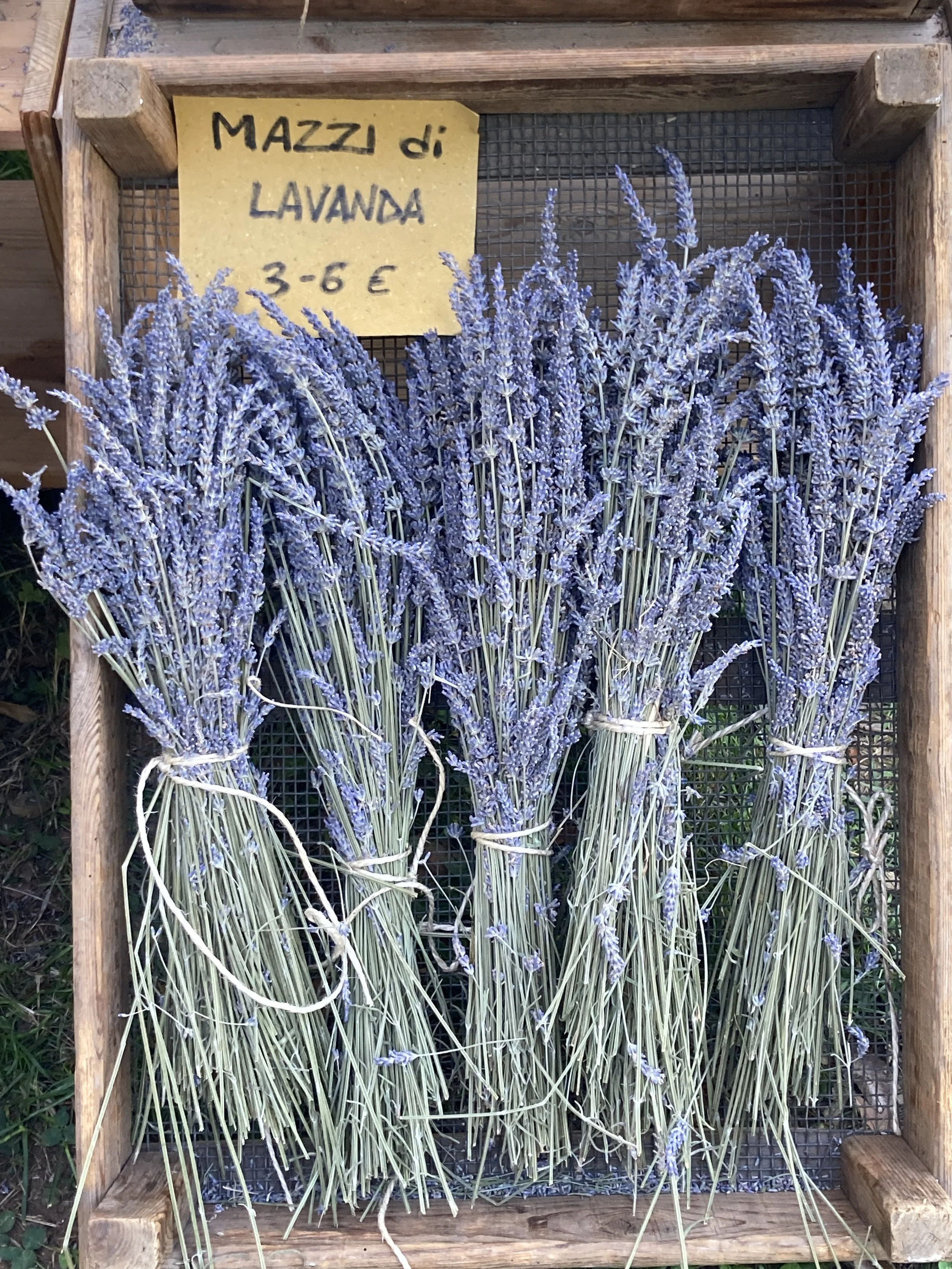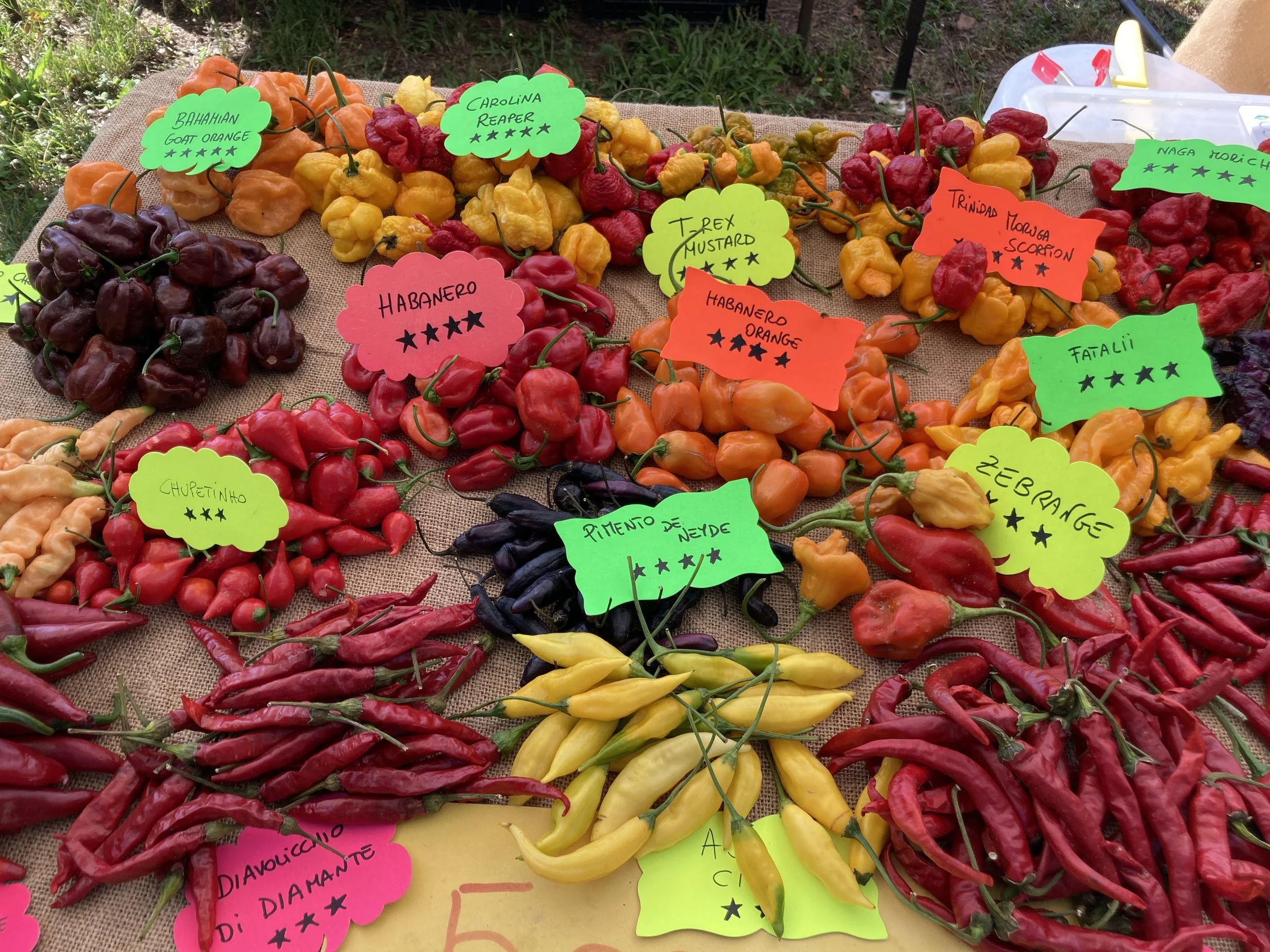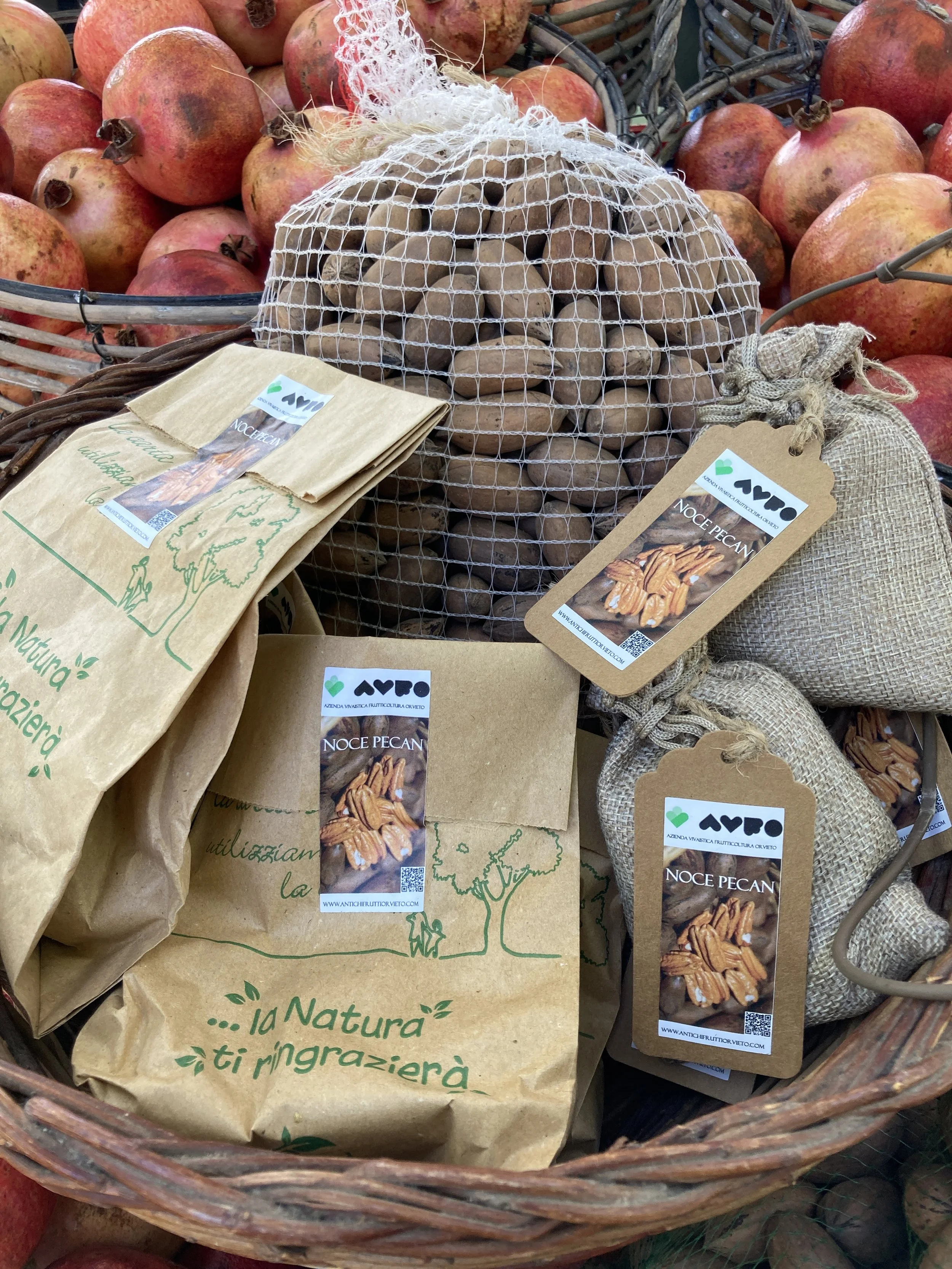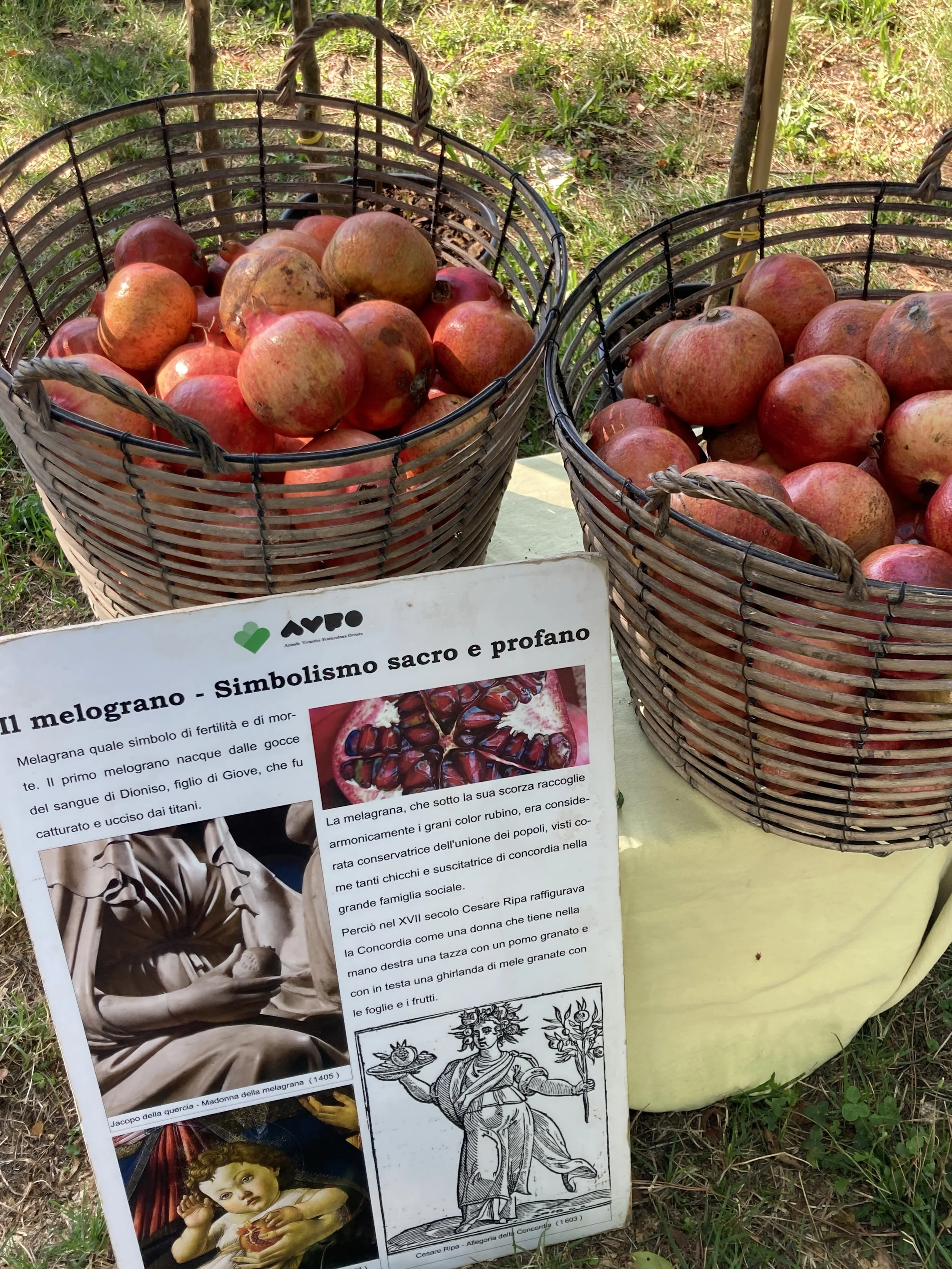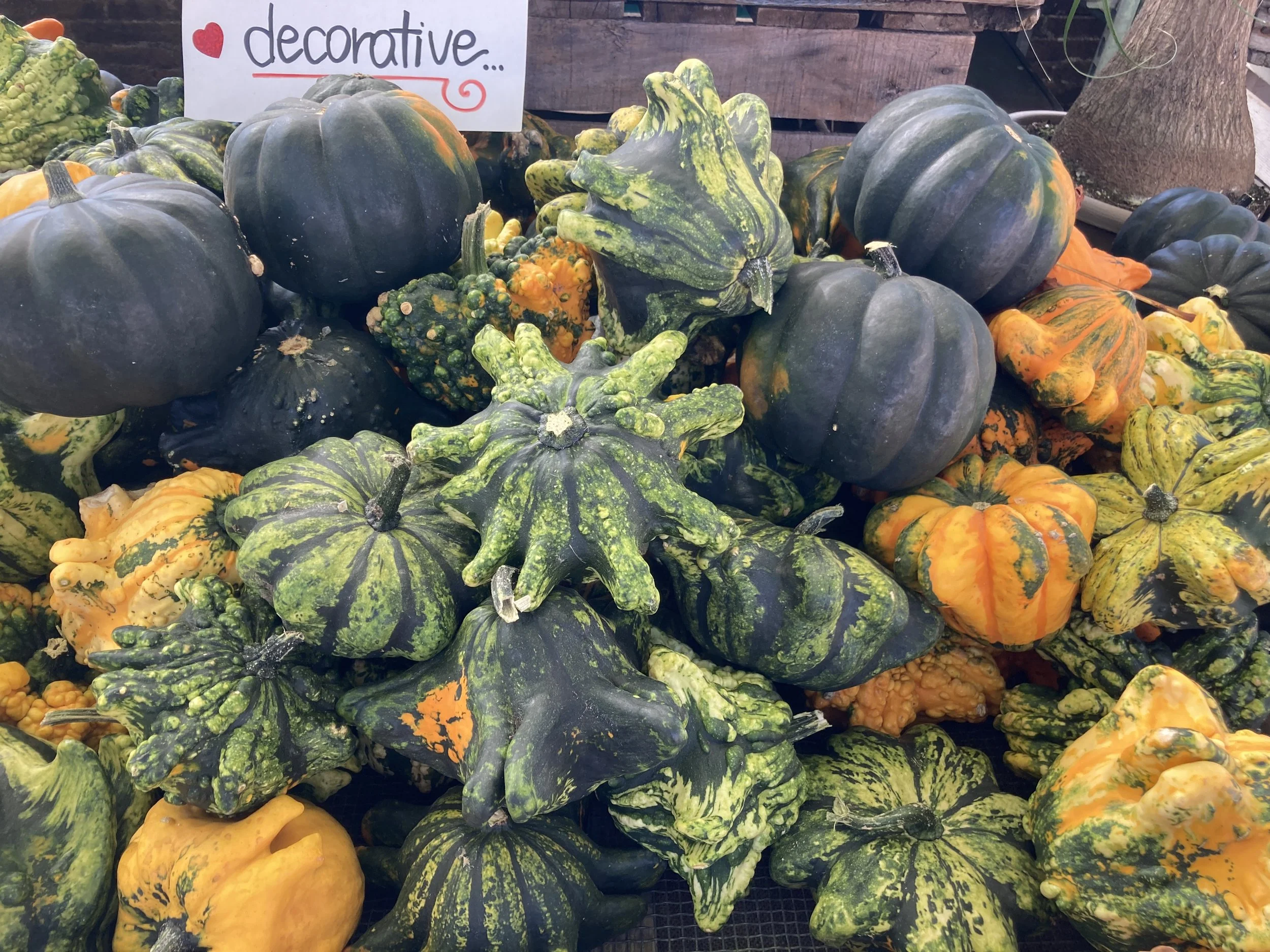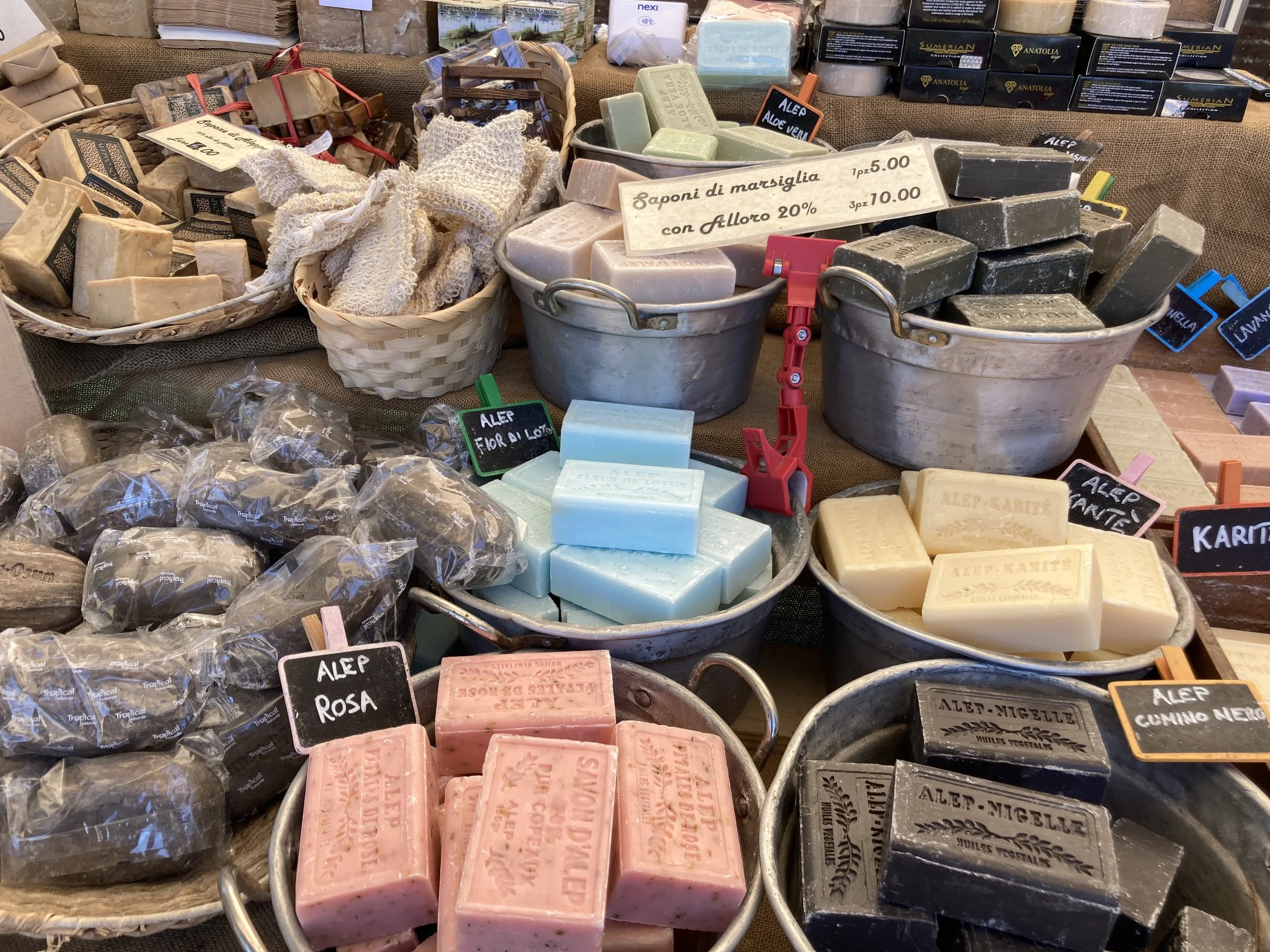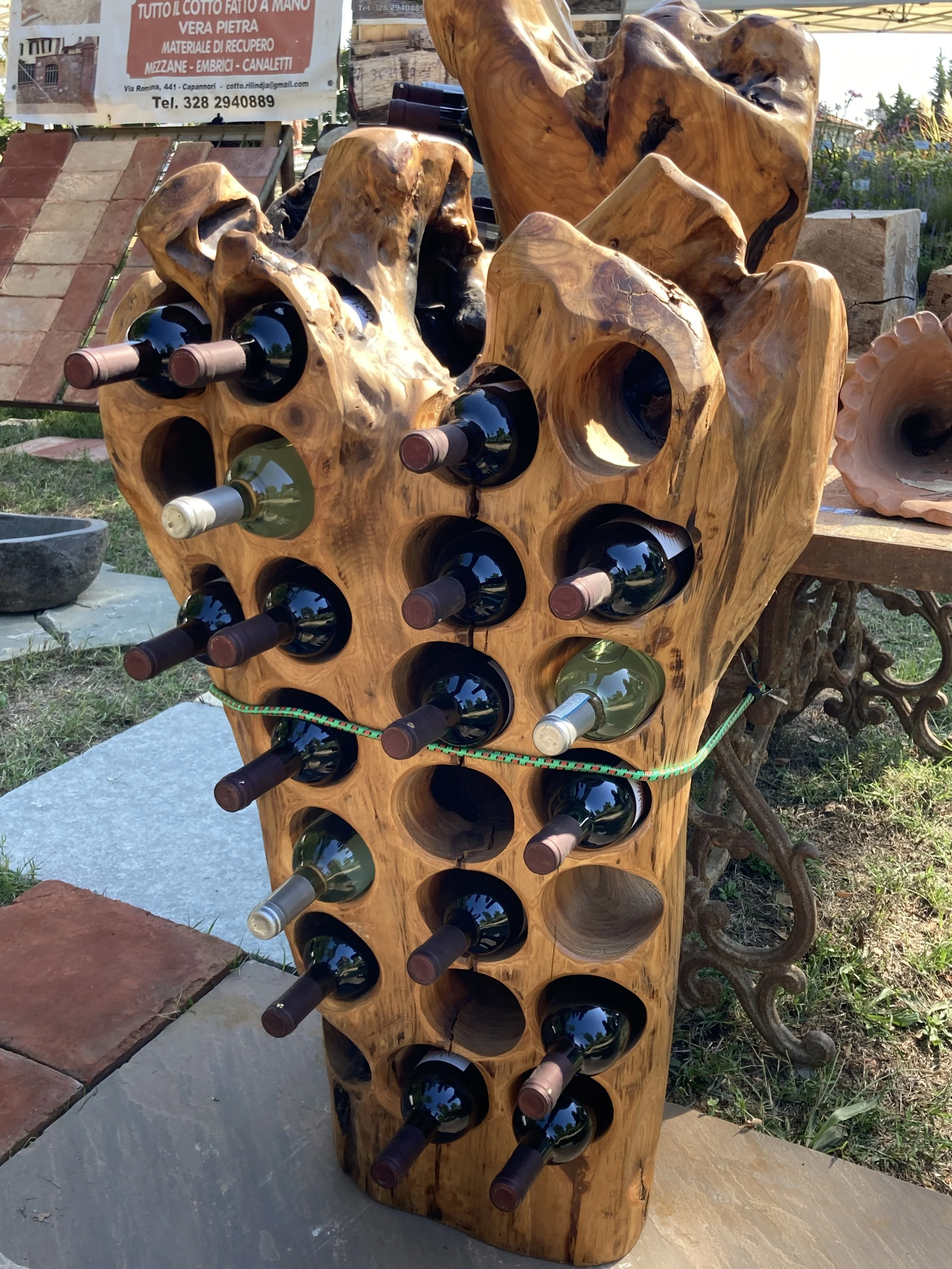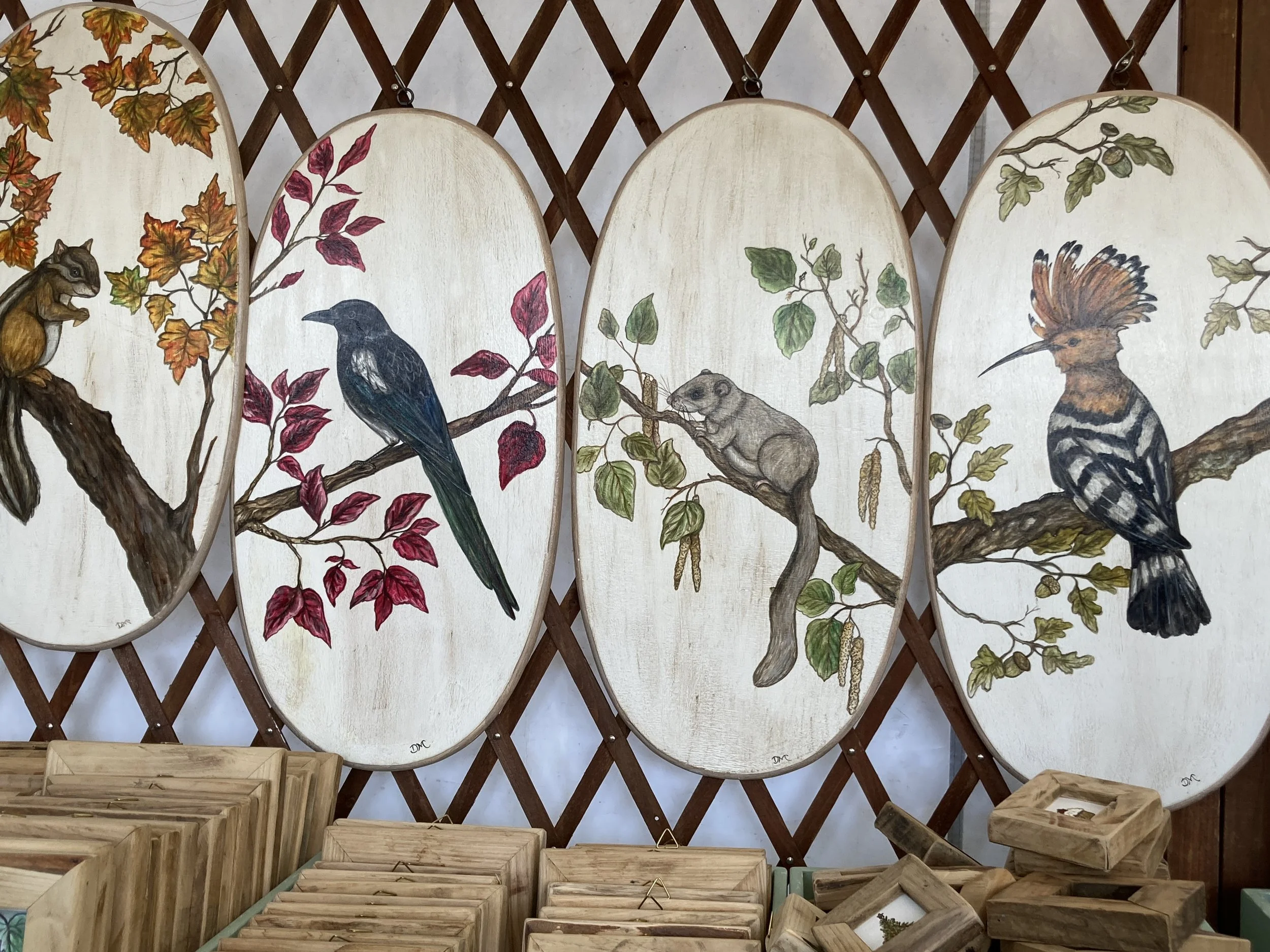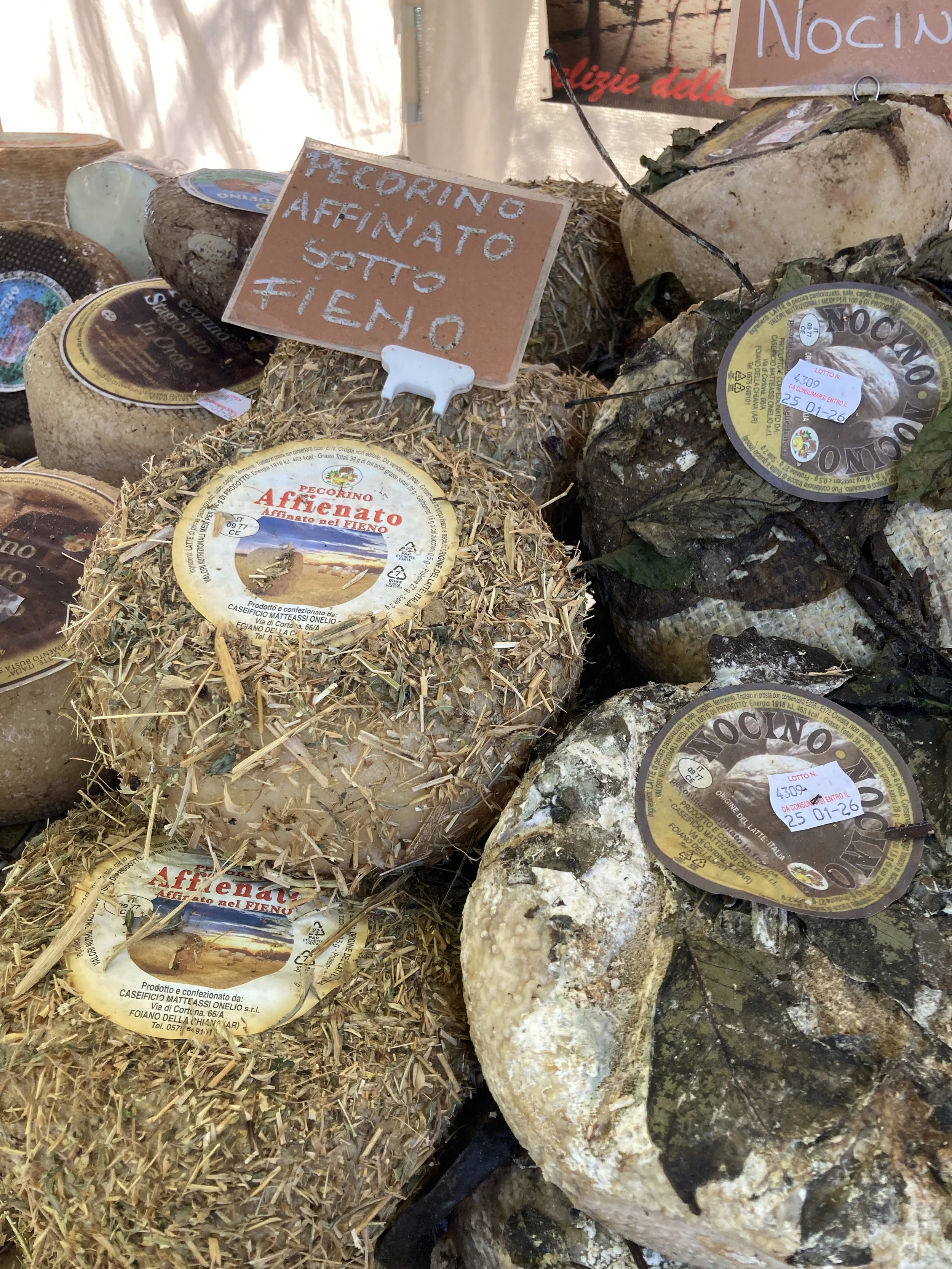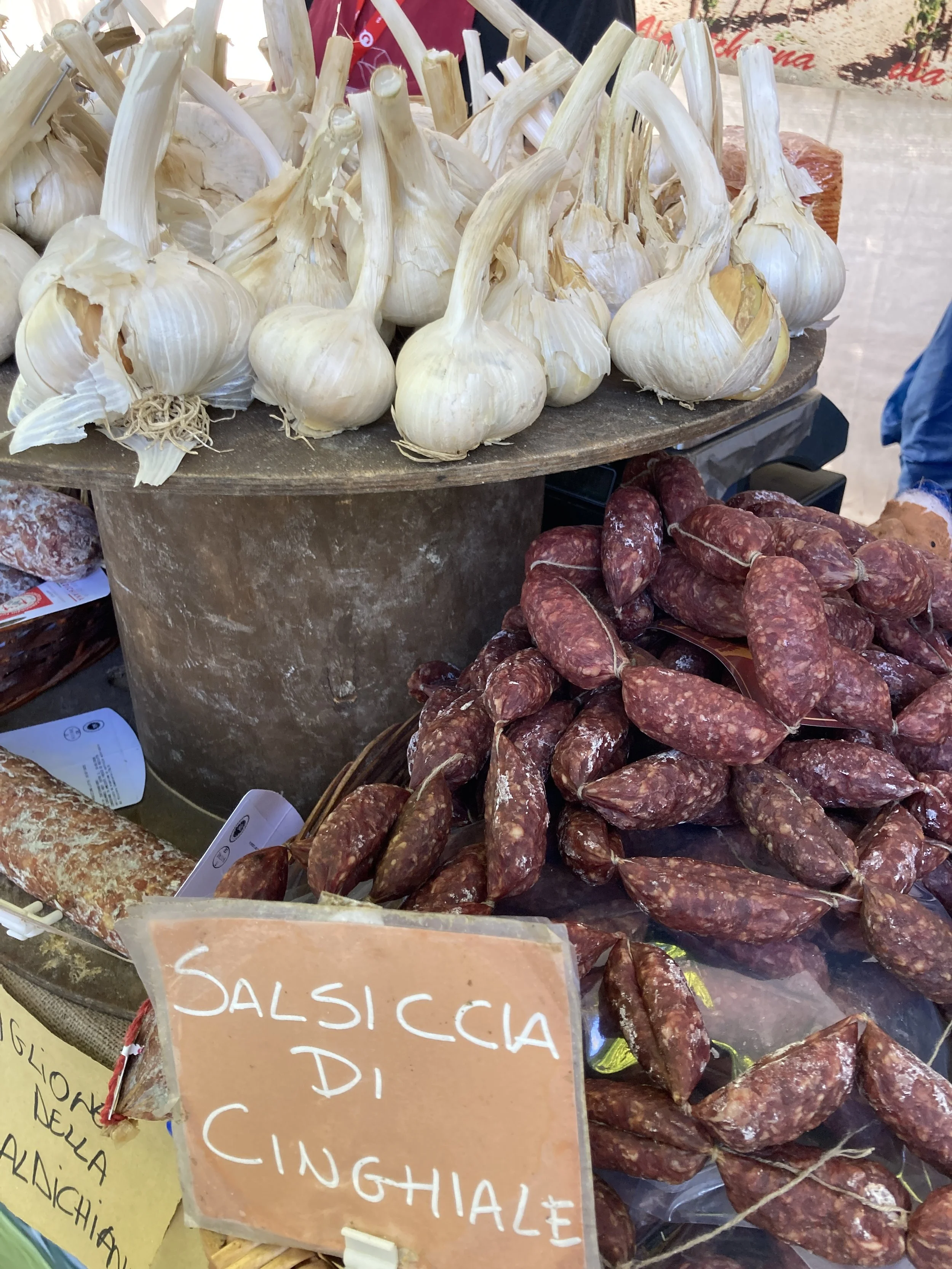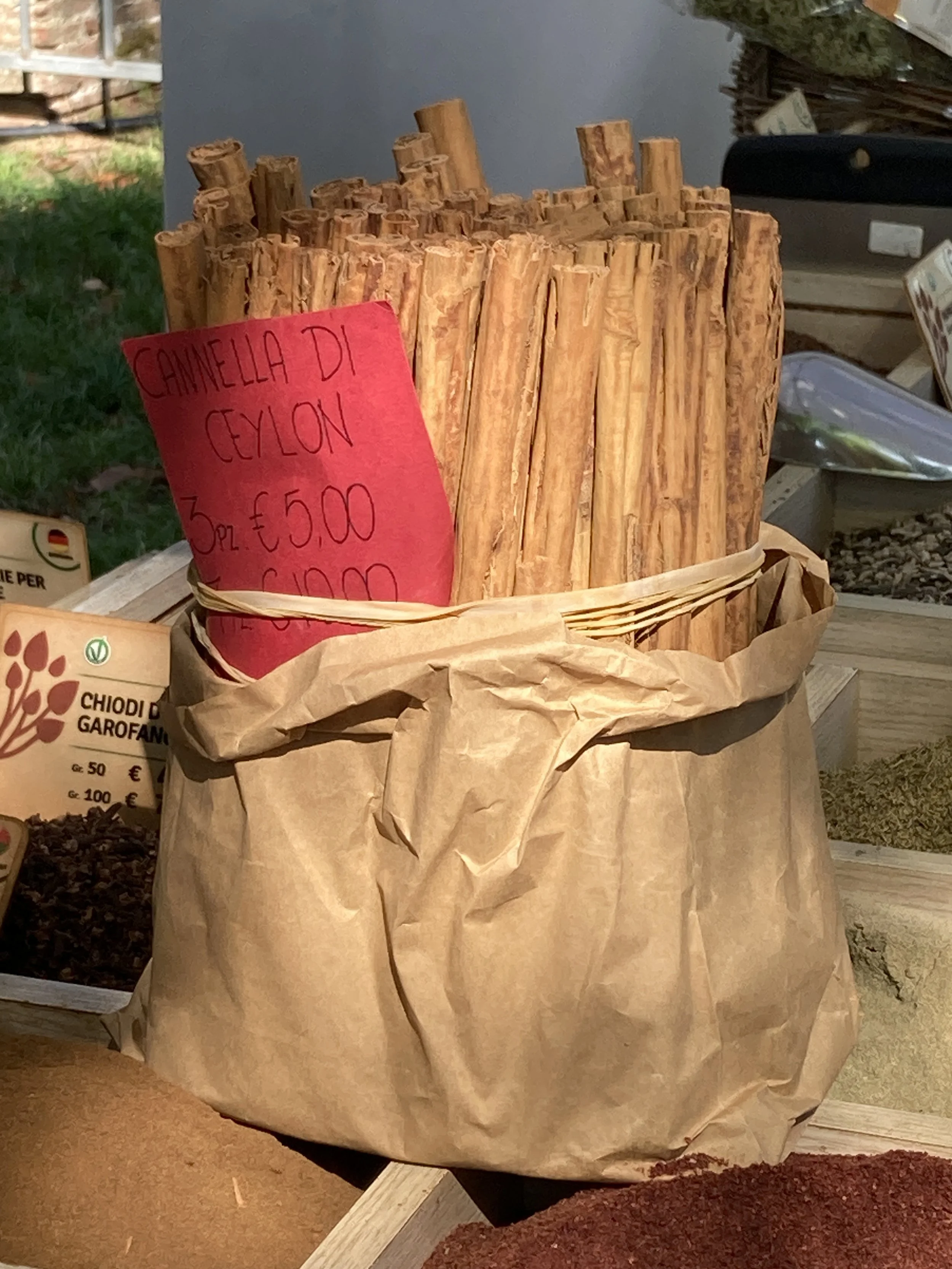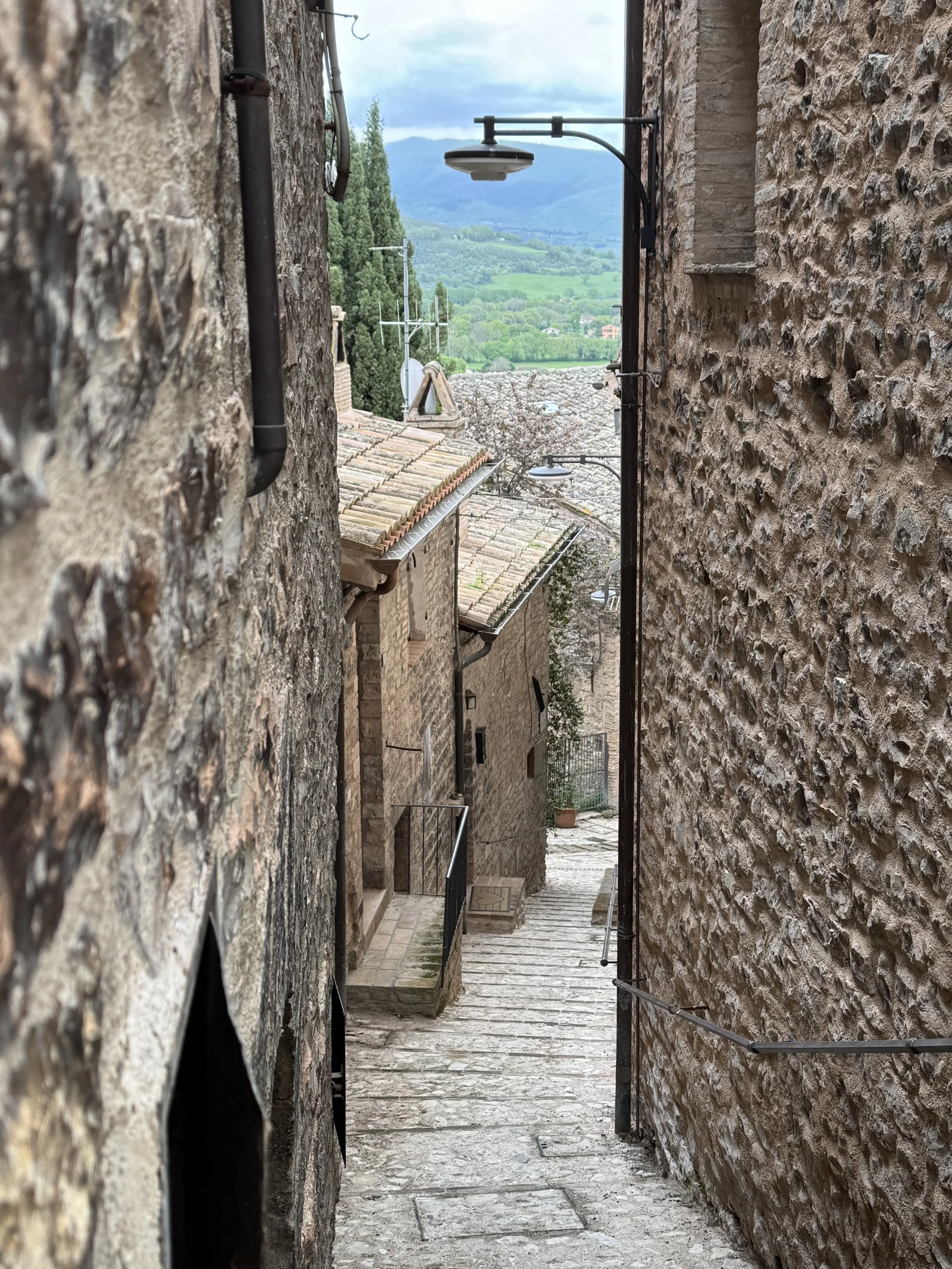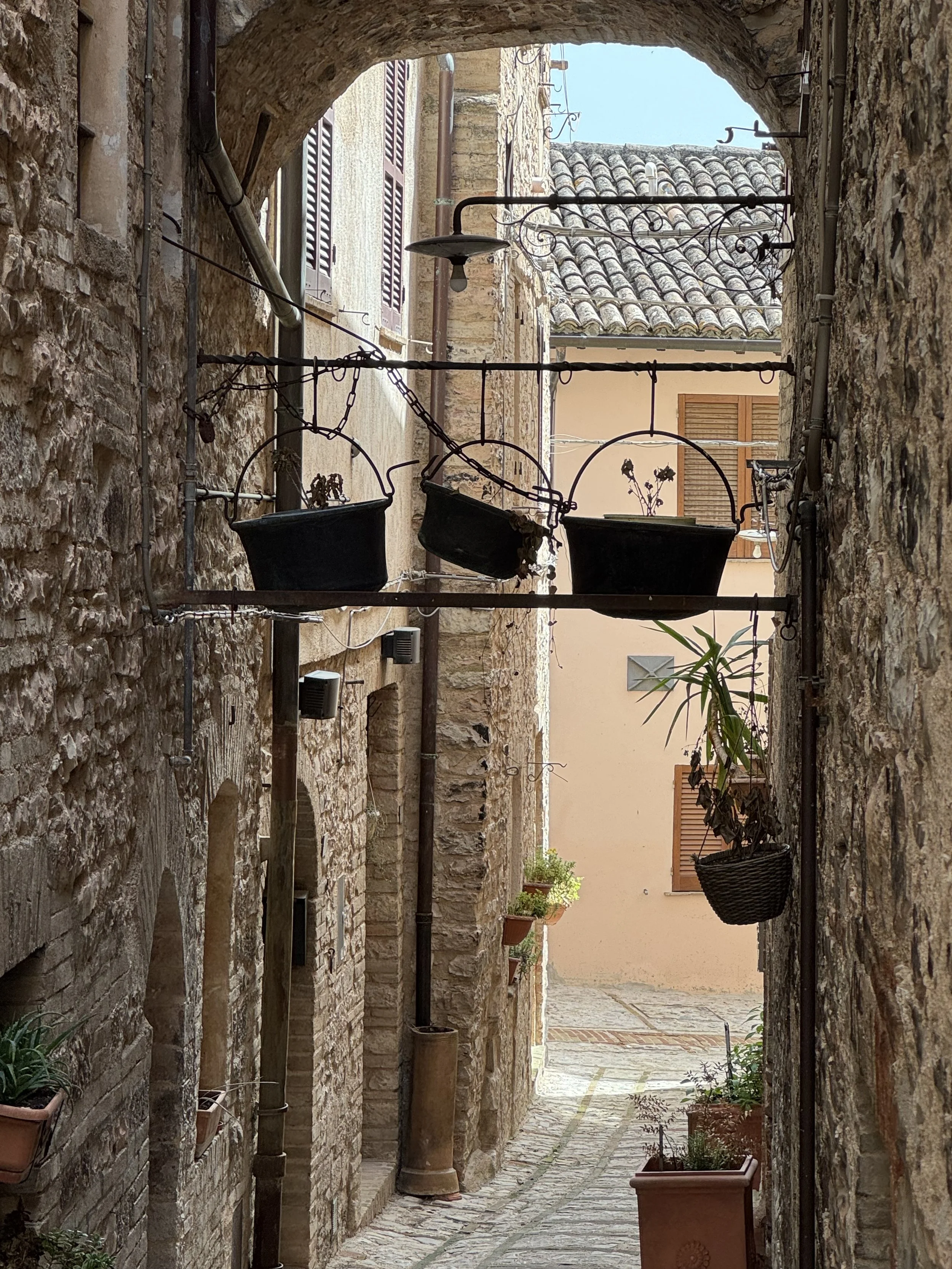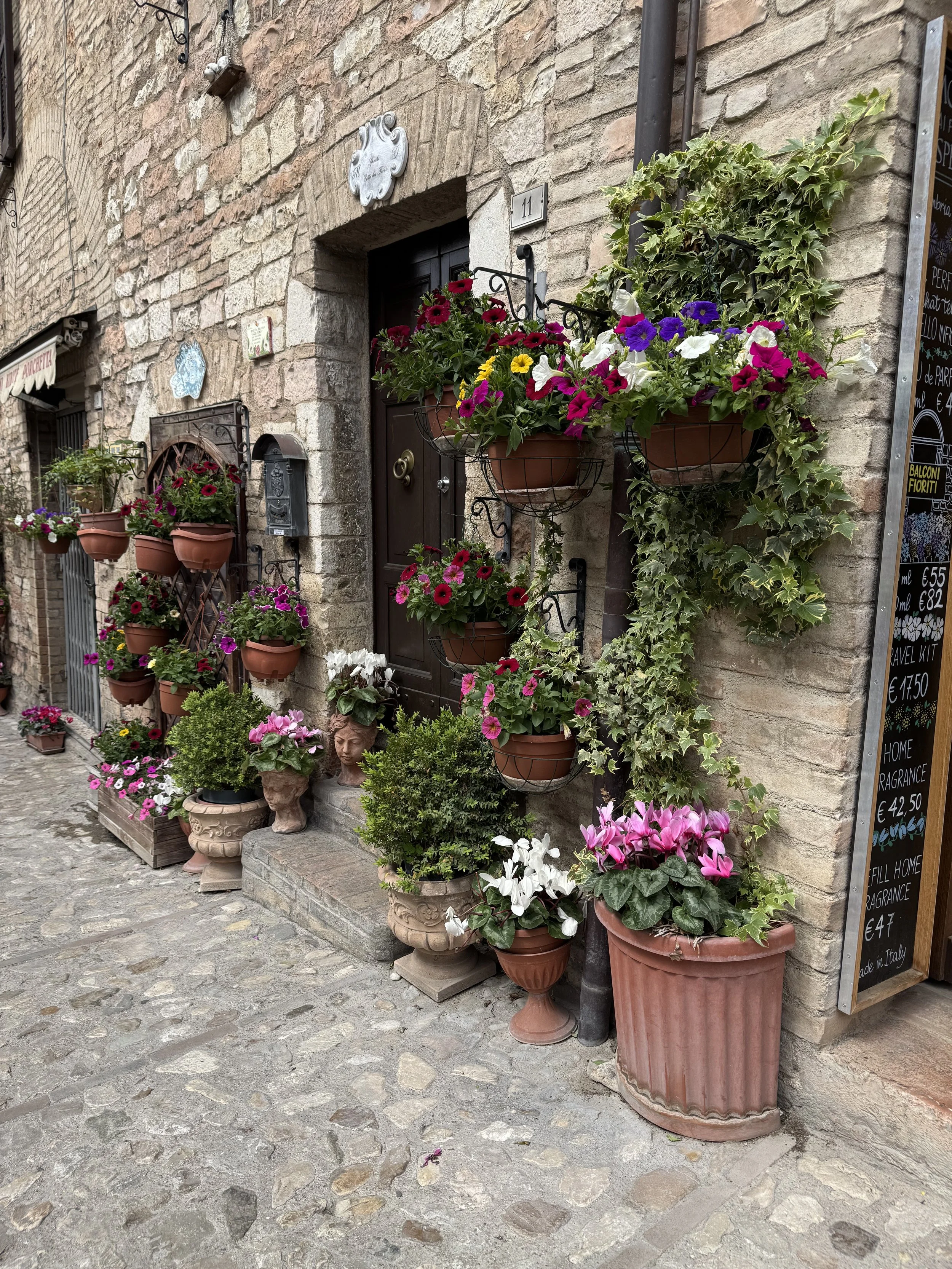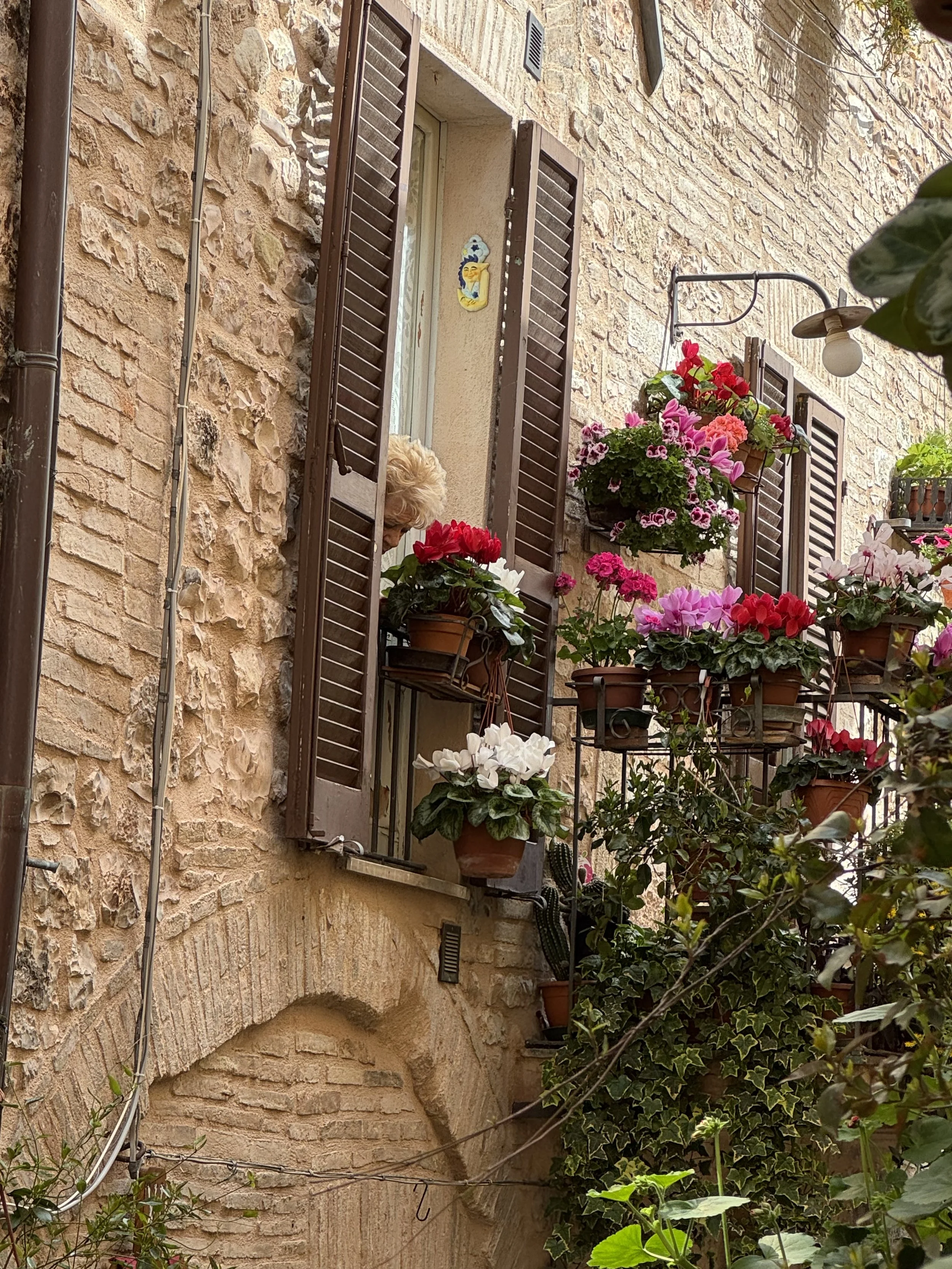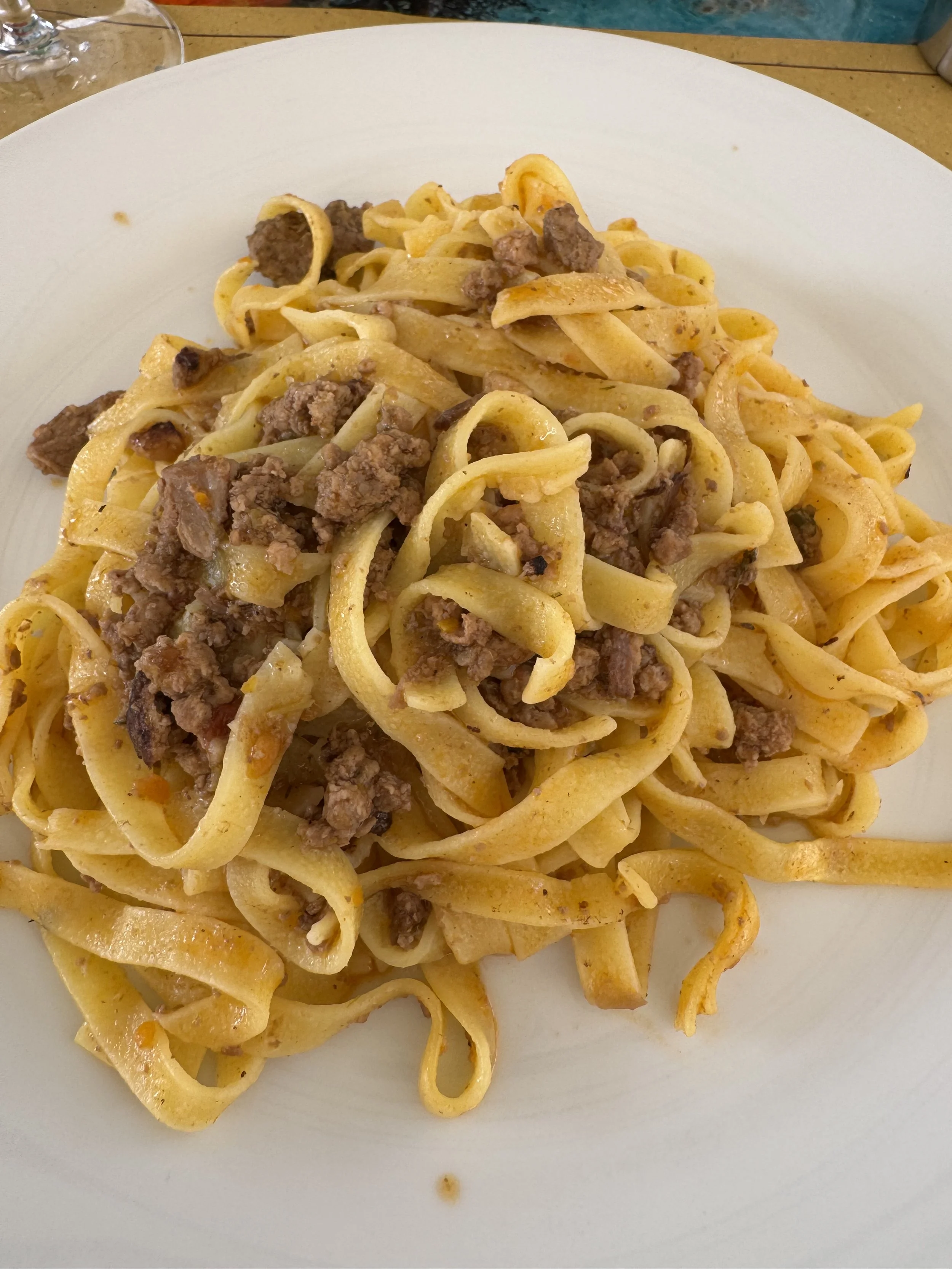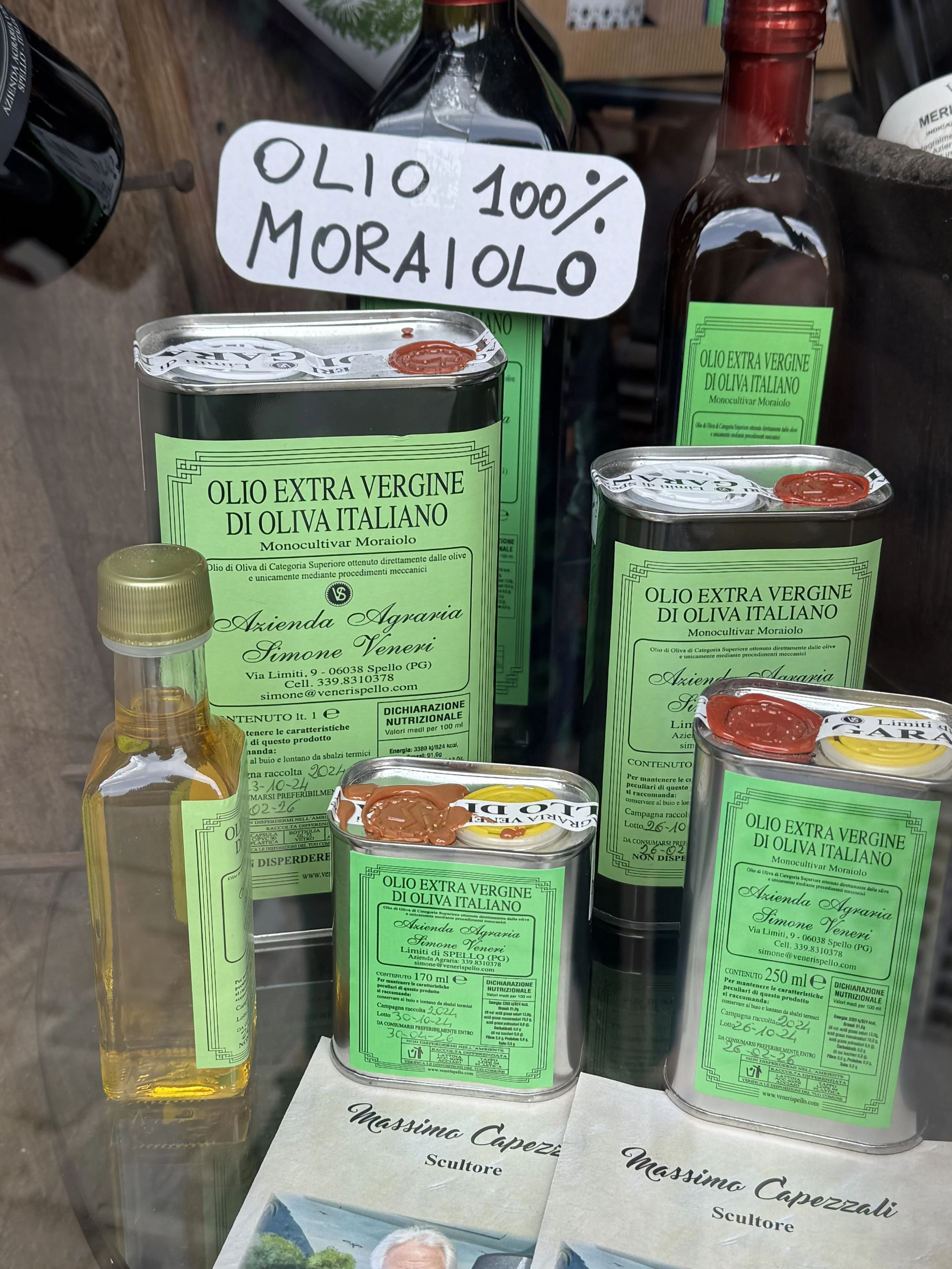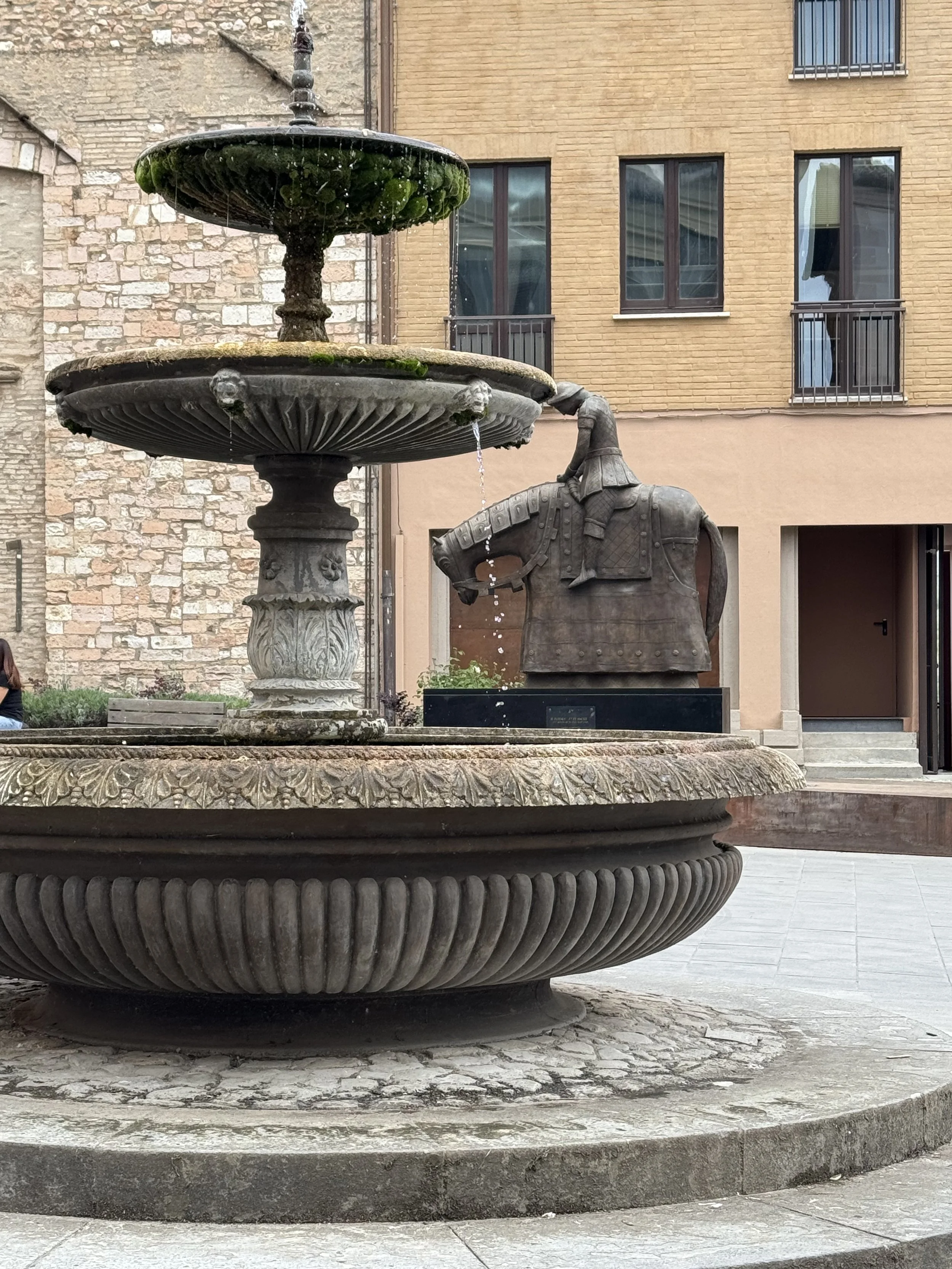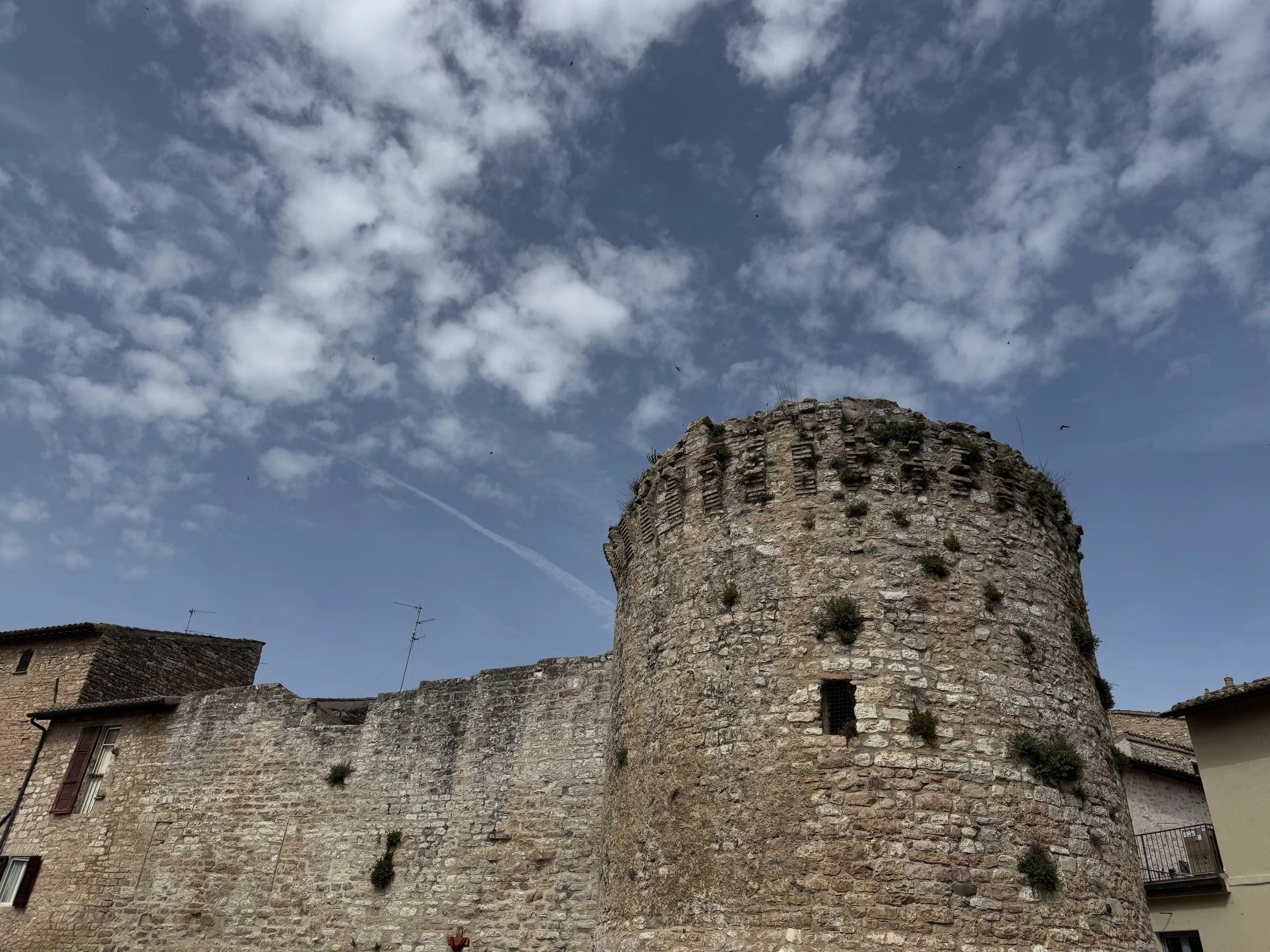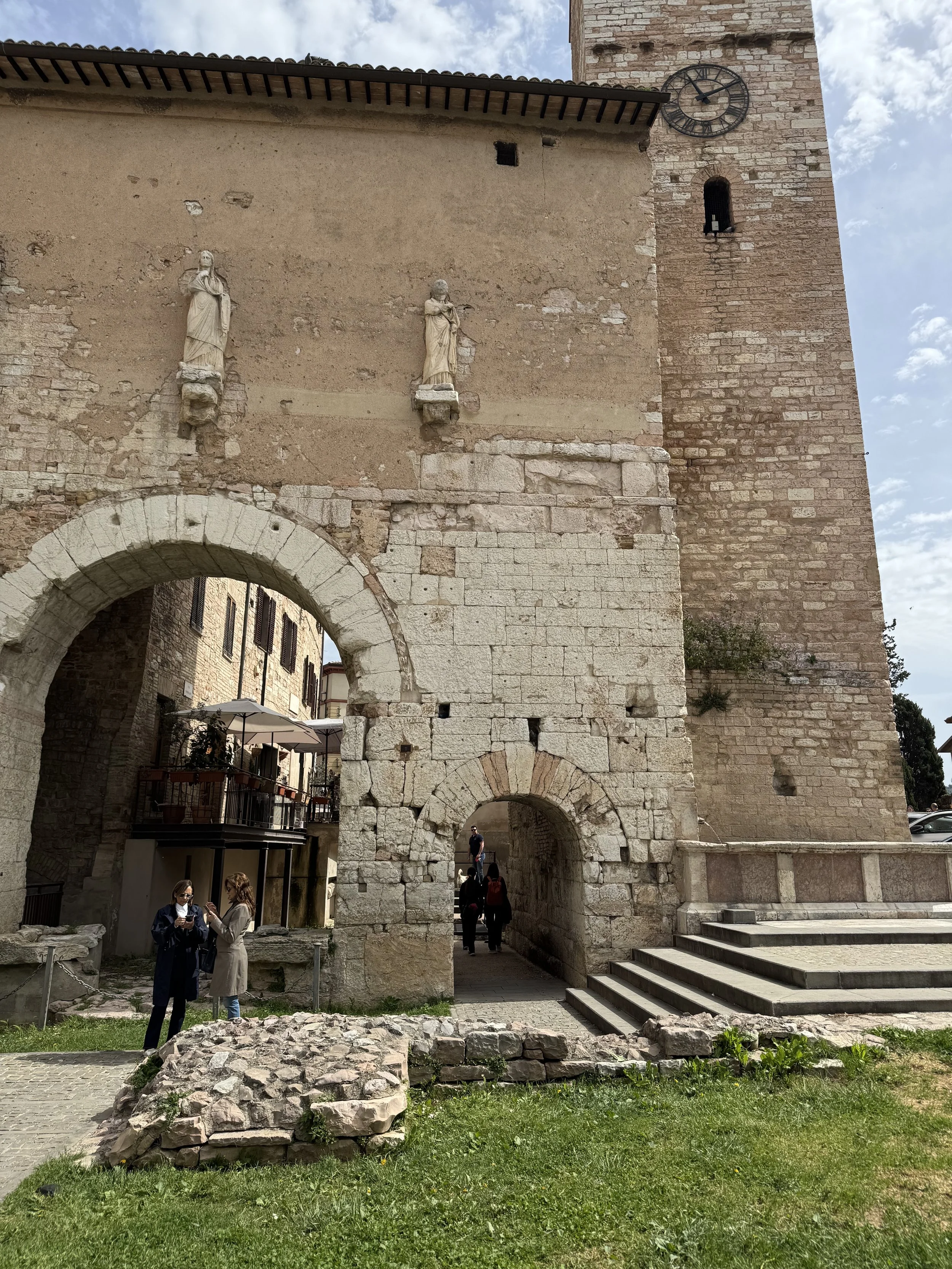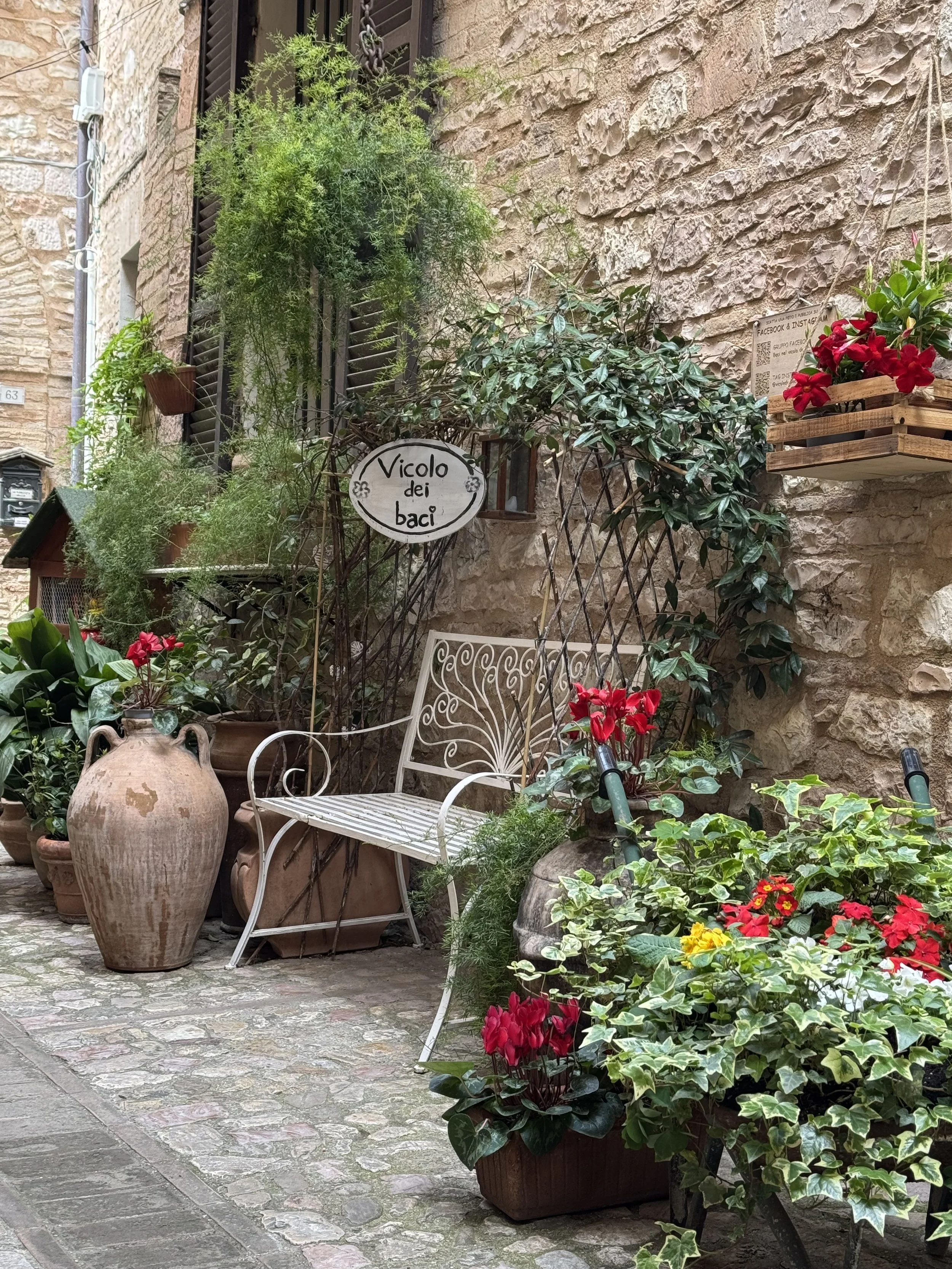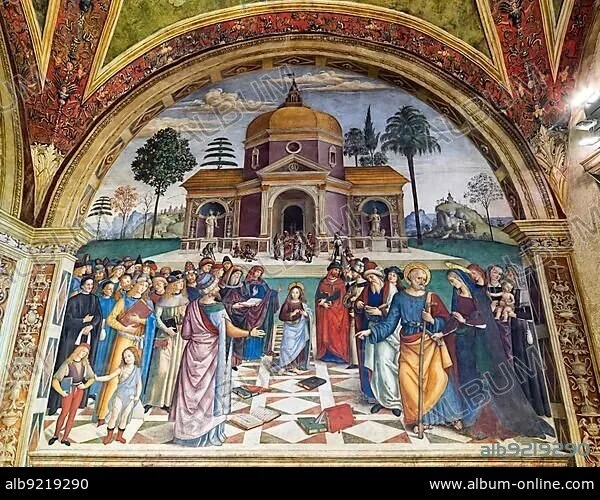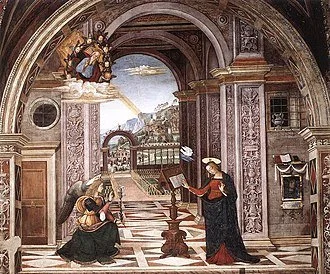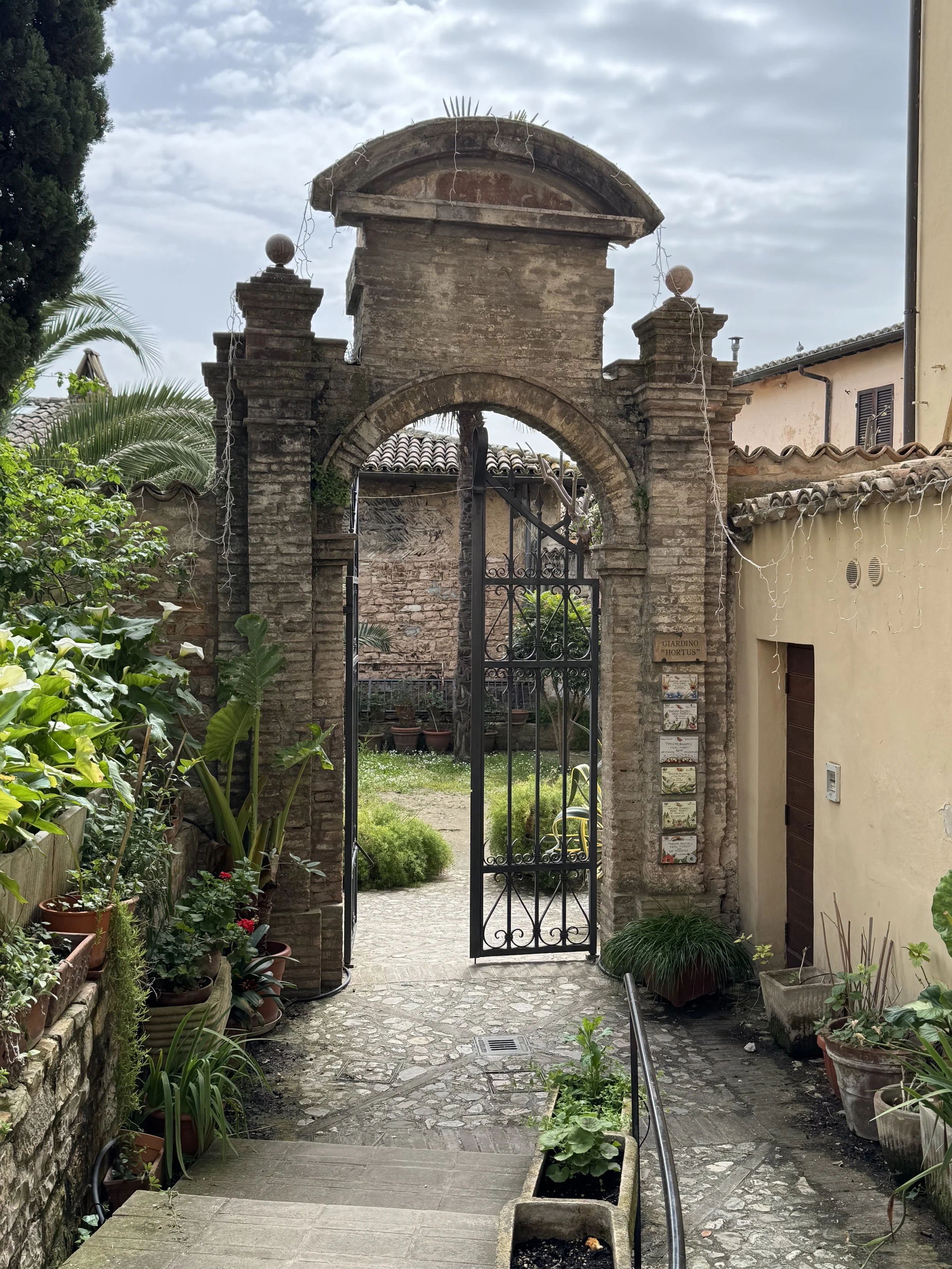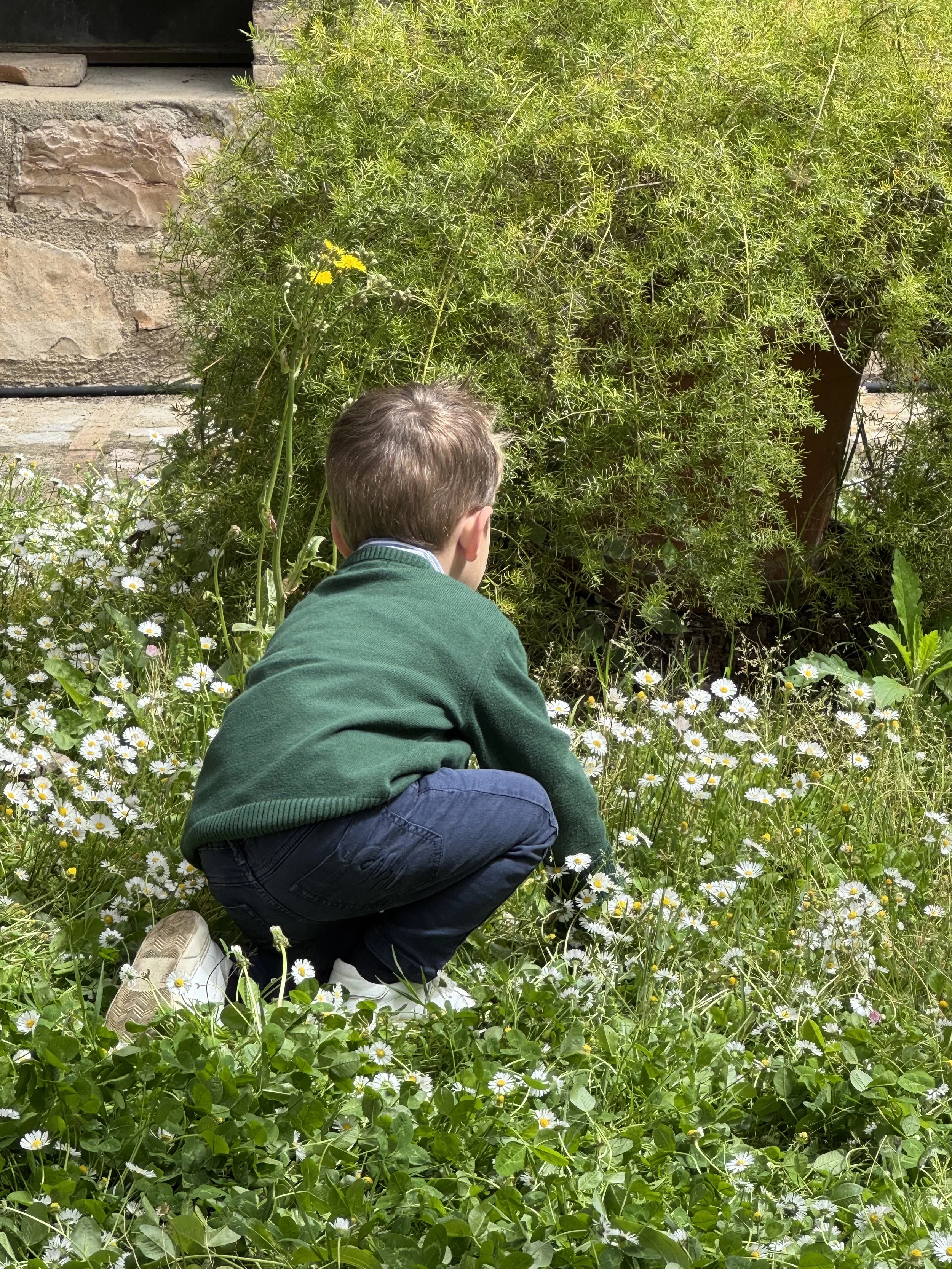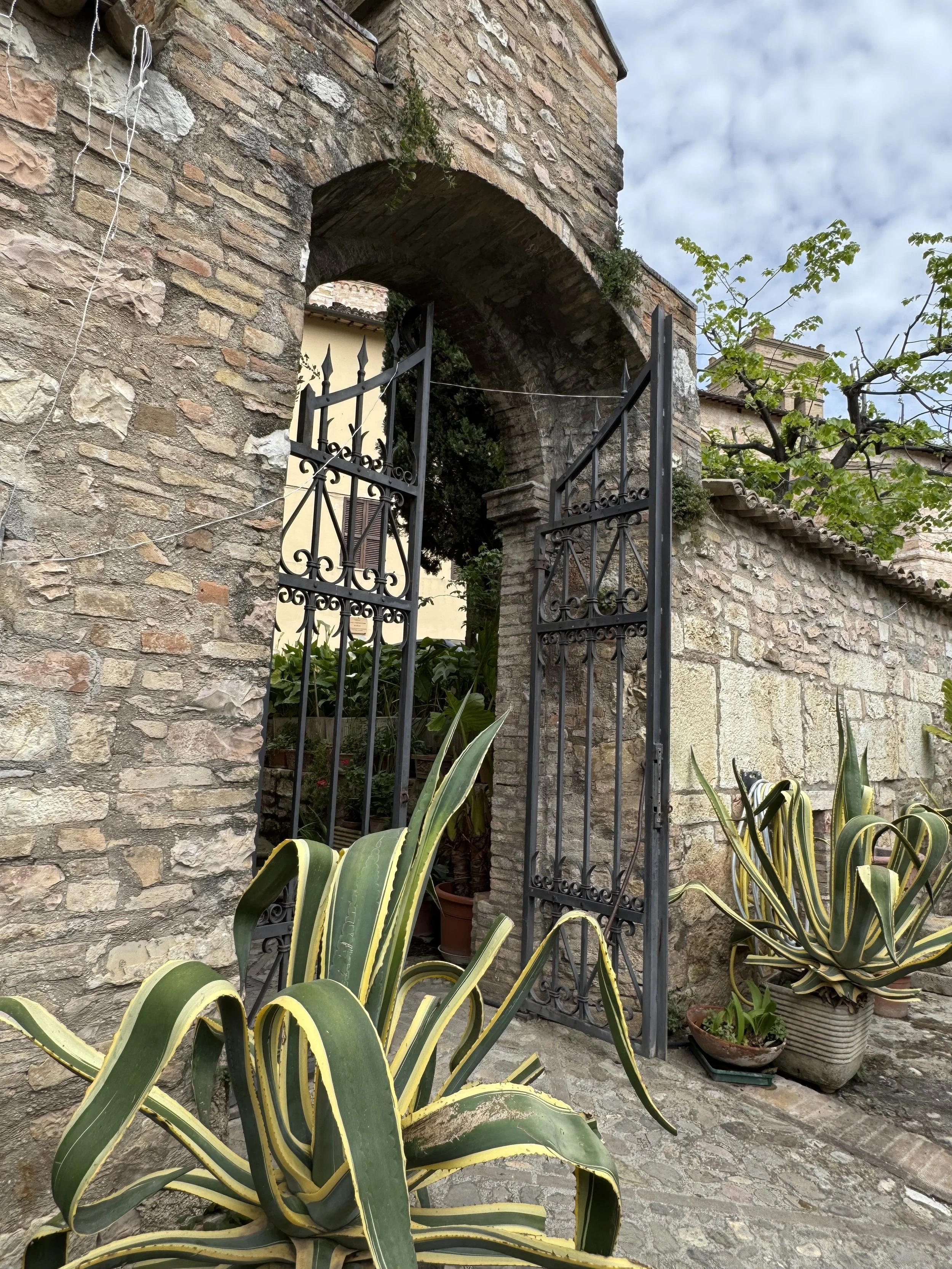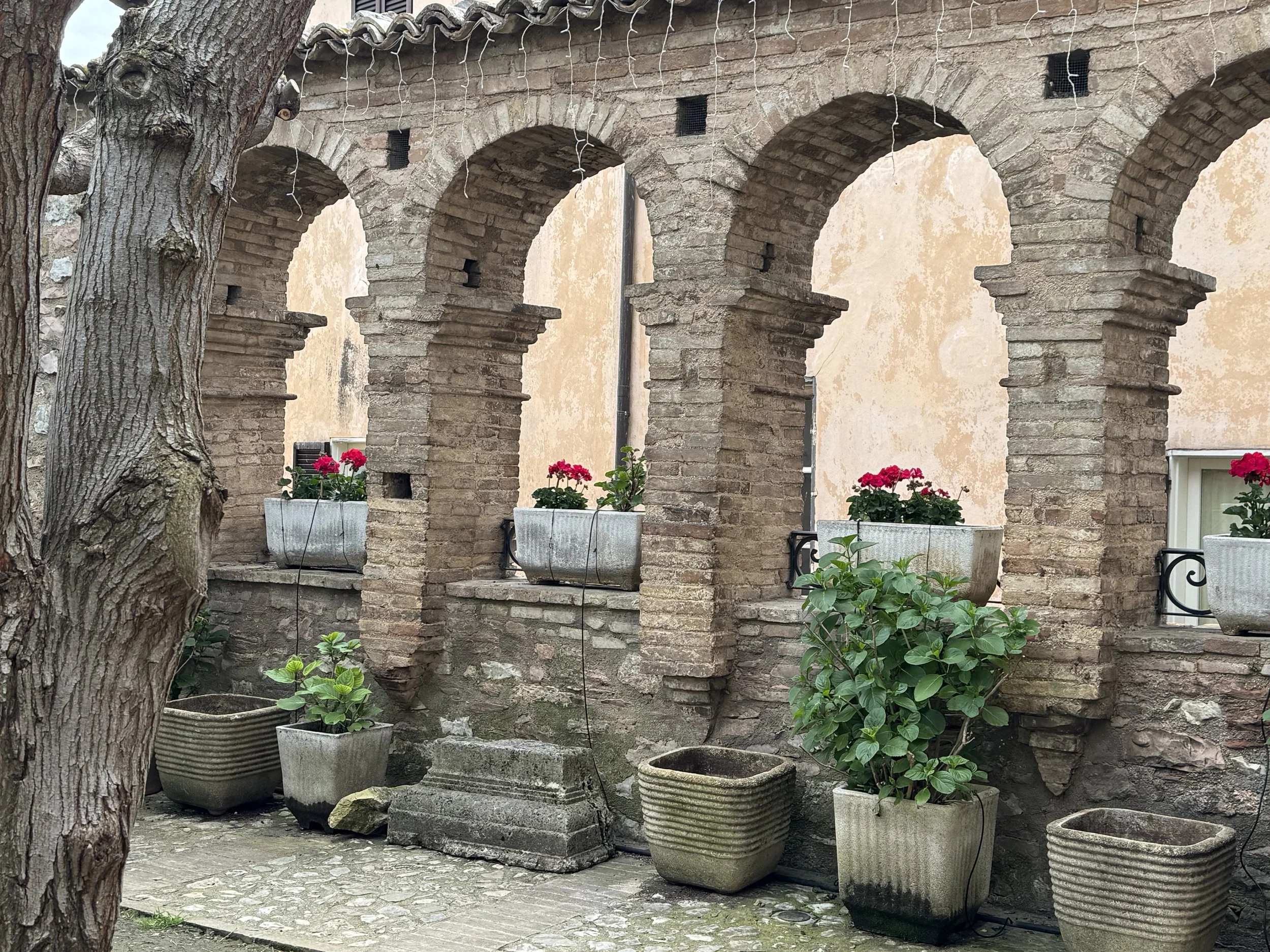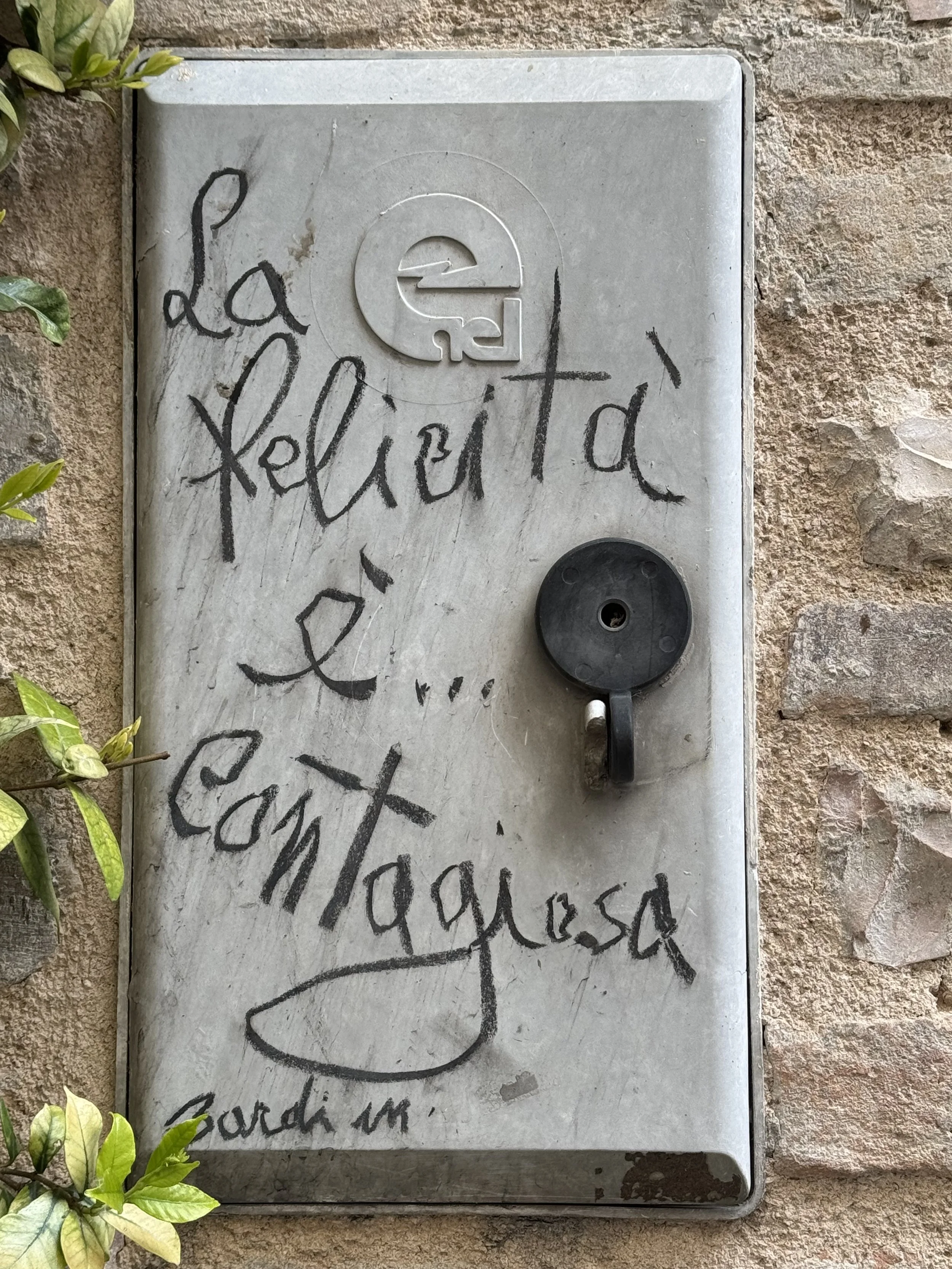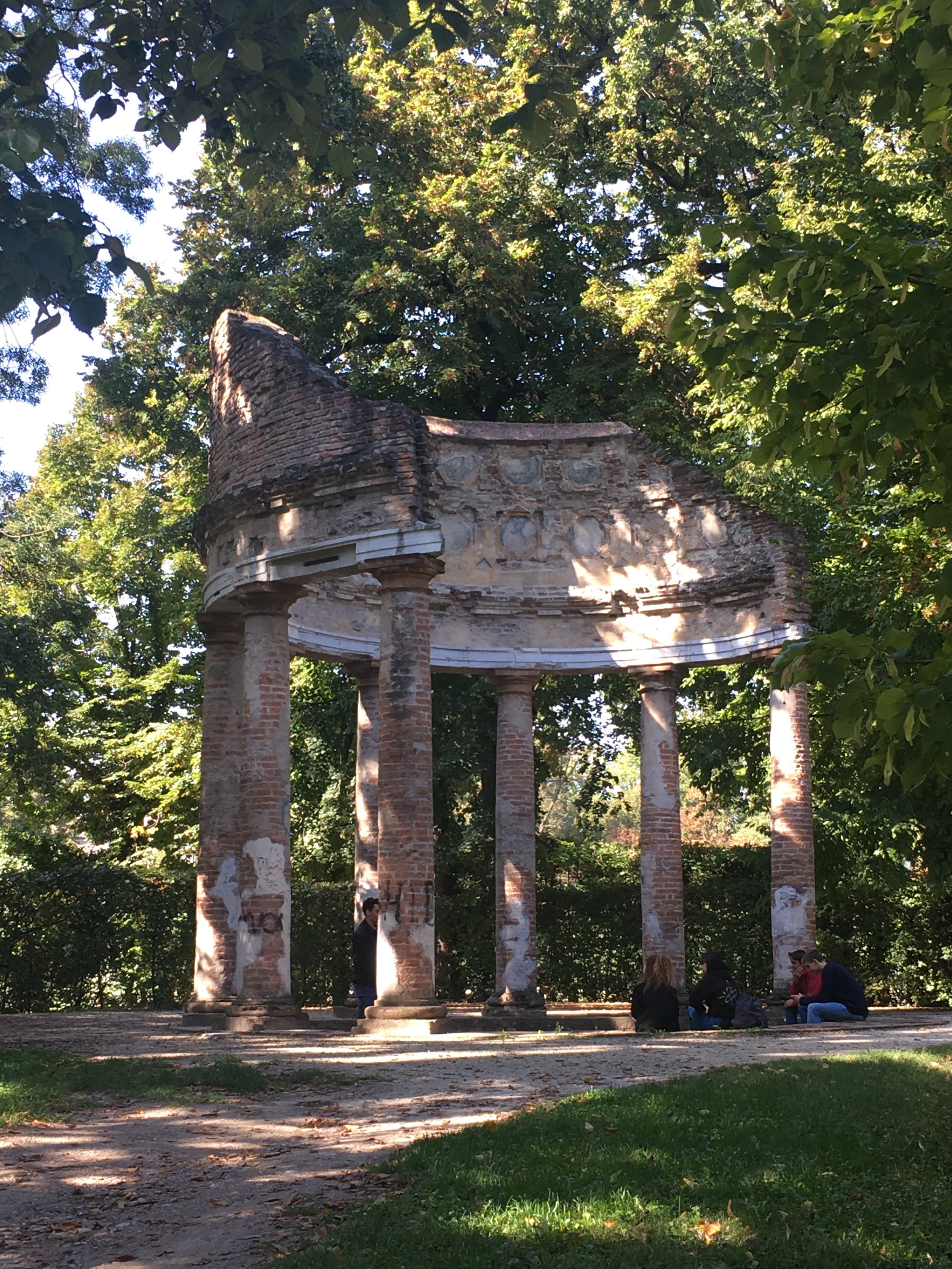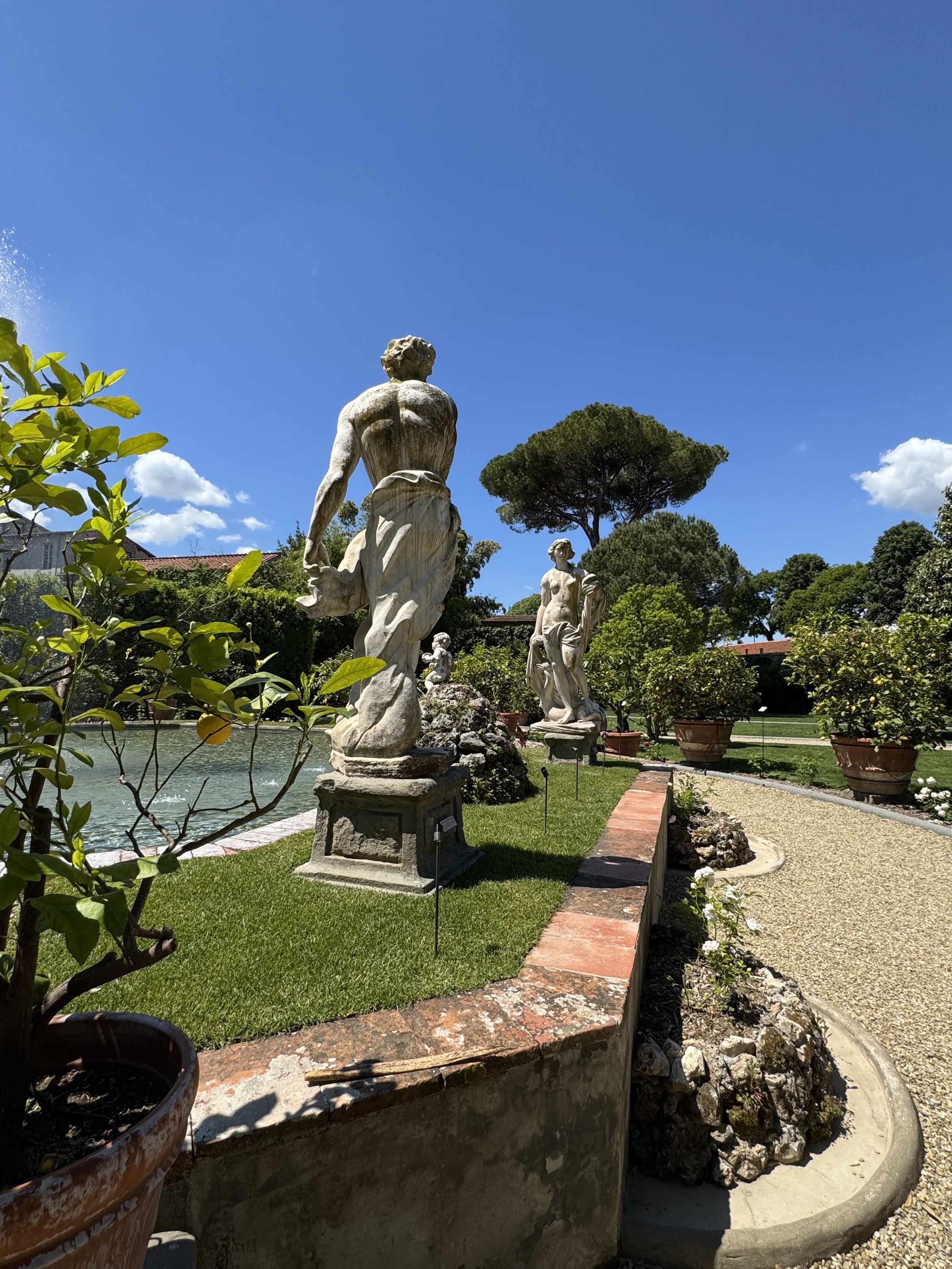Three Flights, 20 Hours, One Ocean and Two Continents Later
There are still plenty of tourists in town, enjoying the late summer weather.
Whew! I am finally back in Lucca after being away for most of the summer. Getting here required 3 flight segments and 20+ hours of travel across the Atlantic from North America to Italy, with a layover in Germany along the way. I don’t really enjoy the travel, or the jet lag, but the result - arrival back home to Lucca - is always worth it.
The first glimpse of the city walls brings instant relaxation after a long journey. Stepping into my little Italian apartment is a delight. The city of Lucca offers a warm welcome and this year it greeted me with wonderfully mild temperatures and blue skies streaked with white clouds.
One of the first things I do when I return after a period away is to walk through town to see what has changed. And there is always change, even in an old Medieval town like Lucca. But many things stay the same and it is good to revisit some of my favorite places. I am glad to see that my favorite shop for old prints and framing, Cornice e Quadri on Via Sant’Andrea, remains open. It’s a Lucca classic and the place to search for historic city maps and drawings, one of which hangs on my wall in New Mexico to remind me of Lucca when I am away.
It’s always a relief to visit one of Lucca’s historic shops. This is the best place to find antique maps and prints!
The Torre Guinigi and the Old Mercato building stood ready to welcome me back. I know that some day when I return I will find the scaffolding down and the restoration of the Mercato complete, but this was not the year for that. When I first moved to Lucca, in 2018, I remember thinking that by the next year the Mercato work would be finished. Silly me! That was before I learned about the realities of restoration work in Italy.
There is one spot on the wall that always calls my name on my first day back. It is “my” bench just above the Palazzo Pfanner with a good view into the gardens. My friends know that I claim this bench, so much so that they’ve even sent me photos of other people sitting there when I am away. Such a tease!
When even the nuns “steal” your bench ! (Thanks to the Palmieris for this photo)
On my way to the wall I passed by the steps in front of the Church of San Frediano – just in time to see a bride and groom having their photos taken. Later I passed by the decorated car that will whisk them away from the city after their photos. It’s always fun to catch these happy moments.
But the very best welcome came in the form of Murabilia – Lucca’s fall garden show. It is one of my favorite annual events and marks the end of the summer season and the beginning of autumn.
A host of fall products are offered – braids of garlic, bright pepperoncini plants, bags of pecans, dried porcini mushrooms, vines full of grapes or figs, baskets of crisp apples, and colorful gourds and pumpkins. There are also trees for fall plantings and educational displays about agricultural products.
Vendors sell artisanal products – art, crafts, brooms, linens, soaps, etc. The booths selling spices from around the world scent the air. Wonderful cheeses, salumi, and breads are available too.
This year I was able to do a tasting of Balsamic Vinegars from Modena at one of the booths. The 5 that I tasted ranged from a simple young vinegar (one you might use in a salad dressing) to an exquisite one aged 20+ years – sweet and thick, it would make a fine digestive after a meal. A drop on a piece of Parmigiano Reggiano would be heavenly. That one was beyond my budget at €100 per bottle, but the one aged 12+ years was just right in both flavor and price and that’s the bottle that went home with me. The small bottle will last me for a year, doled out just a few drops at a time.
No late summer week in Lucca would be complete without a gelato, right? In September the Uva Fragola grapes are ripe and they make the best gelato! Over the next week I will be busy catching up with friends and settling back into my Italian life. It’s good to be back in Lucca.

